Popular Tourist Attraction Spots.
Please click on the sightseeing spot you wish to see.
Kyoto
・Kiyomizu-Temple
・Gion
・Pontocho
・Nijo Castle
・Fushimi Inari-Taisha Shrine
・Kinkakuji Temple
・Byodoin Hououji (Byodoin Phoenix Temple)
・Arashiyama / Sagano
・Around Kyoto Station
・Nishiki Market
・Toji-Temple
・Ginkaku-Temple
・Yasaka Shrine
・Sanjusangendo
・Kitano Tenmangu Shrine
・Kyoto Imperial Palace
Nara
・Horyu-ji Temple
・Todaiji Temple
Hiroshima
・Miyajima in Aki (Itsukushima Shrine)
・Peace Park Atomic & Bomb Dome
Shimane
Osaka
・Osaka Castle
・Dotonbori Shopping Street
Hyogo
Mie
Gifu
・Shirakawa-go
・Magome Juku / Tsumago juku
Ishikawa Kanazawa
・Higashi-chaya-cho
・Kenrokuen Garden
Kanagawa
・Hakone Glass no Mori Venetian Museum
・Hakone Open Air Museum
・Owakudani
・Hakone Shrine
・Hakone Ropeway
・Lake Ashinoko
・Great Buddha of Kamakura
・Cruising
Tokyo
・Shinjuku Gyoen
・Kabuki-za Theater
・Ryogoku Kokugikan
・Asakusa Temple
・Tokyo Sky Tree
・Tokyo Tower
・Imperial Palace
・Ginza
・Shibuya Scramble Crossing
・Harajuku Takeshita-dori
・Akihabara
・National Art Center
・Meiji Jingu (Meiji Shrine)
・Toyosu Market
Tochigi
Hokkaido
Okinawa
・Okinawa Churaumi Aquarium
・Shurijyo-Castle
Kyoto
Kiyomizu-Temple
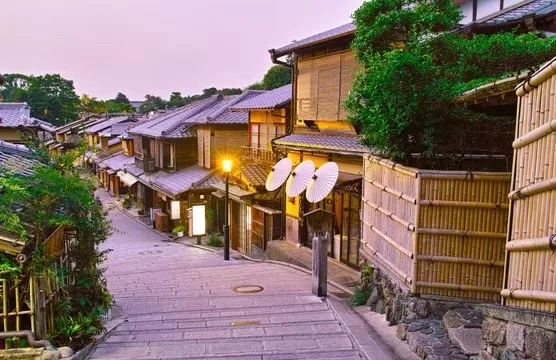

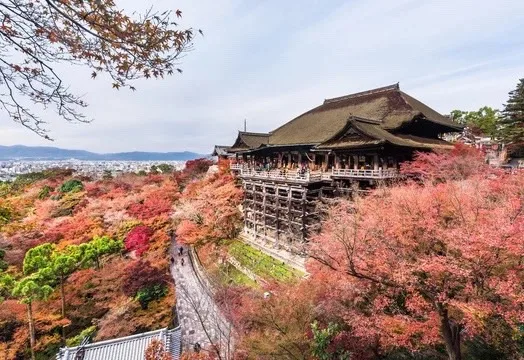
Kiyomizu-Dera Temple on Mt. Otowayama, registered as one of the UNESCO World Heritage Sites “Cultural Properties of Ancient Kyoto” in 1994, was founded approximately 1,200 years ago in 778. The most famous of all Kiyomizu-dera’s structures is the stage that extends out in front of the main hall, which is the origin of the saying, “Jump off the stage at Kiyomizu.
Kiyomizu-dera Temple is visited by more than 20% of Kyoto tourists, and is always crowded with tourists during the cherry blossom and foliage seasons, when special night time viewing is held.
Gion
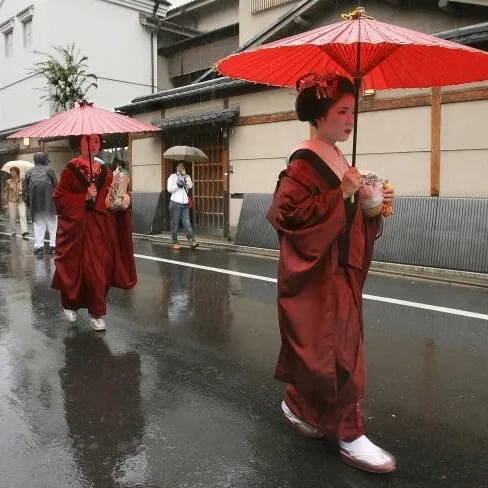
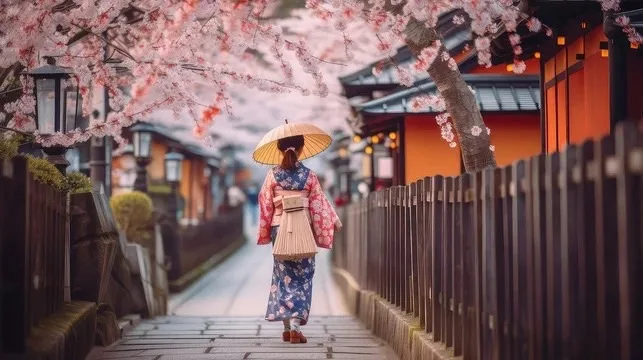
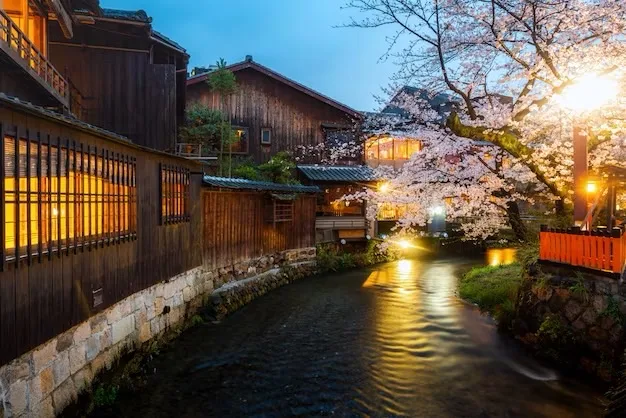
Many people think of Gion when they think of maiko (apprentice geisha) and geisha. The present Yasaka Shrine, where Susanowo-no-mikoto is enshrined, was called Gion Shrine before the Meiji era, and the area came to be known as Gion. Hanamikoji Street is lined with teahouses and ryotei (traditional Japanese restaurants), and buildings with lattice doors and other traditional Kyoto-style features can be seen.
There are many places where you can experience traditional arts and temples and shrines, and it is a popular place for both Japanese and foreign tourists, many of whom can be seen strolling around in kimono.
Pontocho
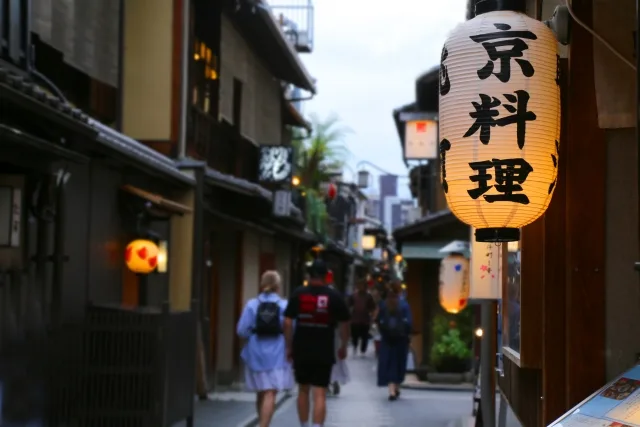

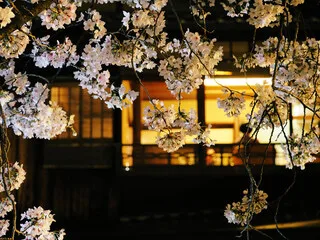
Ponto-cho, one of Kyoto’s five flower streets, is a narrow north-south street along the Kamo River from one street south of Sanjo Dori to Shijo Dori. Originally a riverbank of the Kamo River, it was reclaimed in 1670 when the Kamo and Takase Rivers were revetted, and the town was laid out. It was around 1712 (Shotoku 2) that the first water teahouse was built here. It is said that the teahouses were first established around 1712 (Shoutoku 2), when the boatmen of the Takase-bune and innkeepers who were looking for passengers set up tea-making girls there.
In Hanamachi, there are yakata, where geiko and maiko live, and ochaya, where dancers perform dances and music and serve as banquet halls.
Nijo Castle
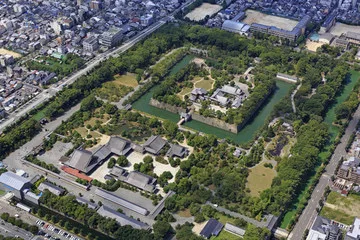
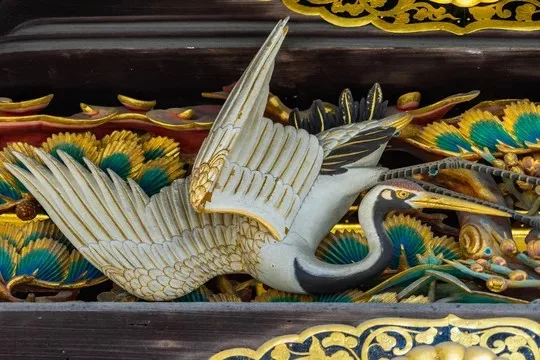
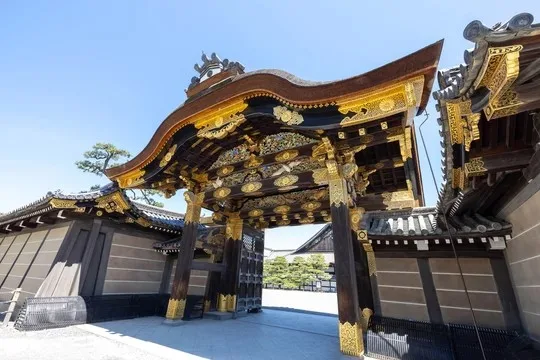
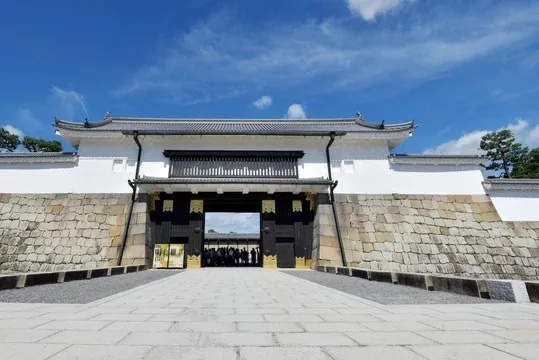
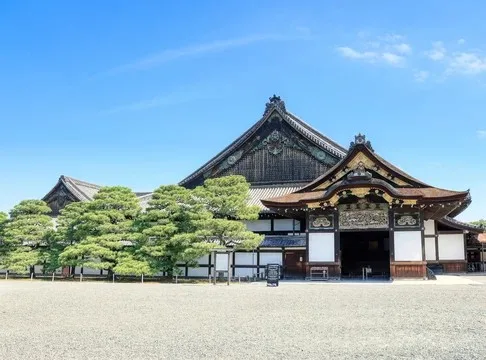
Nijo Castle, built by Tokugawa Ieyasu, was registered as a UNESCO World Heritage Site in 1994. The Ninomaru Palace garden is designated as a Special Place of Scenic Beauty, and the six buildings of the Ninomaru Palace, with its corridors lined with Japanese nightingales that make a “squeak” when walked upon, are National Treasures. 22 buildings and a total of 1016 paintings on the walls of the Ninomaru Palace are National Important Cultural Properties.
In 1867, the 15th Shogun, Yoshinobu Yoshinobu, expressed his intention to “return the Great Government” at Ninomaru Goten, which is so famous in Japanese history that it was held at Nijo Castle.
Fushimi Inari-Taisha Shrine
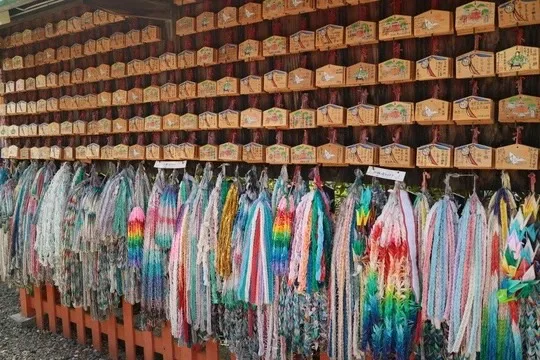
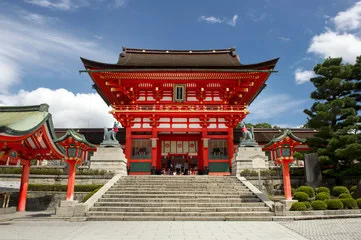

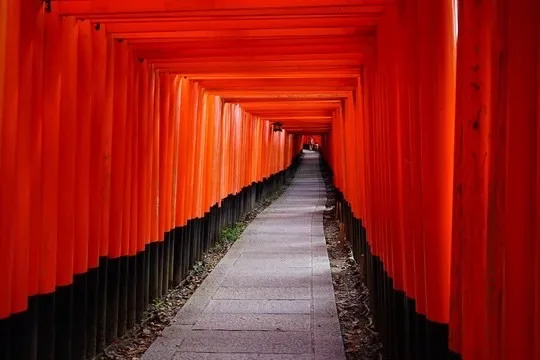
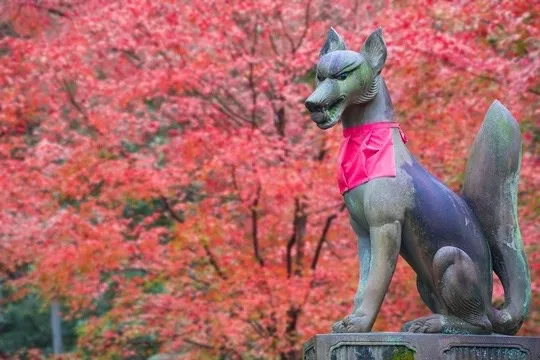
The Fushimi Inari Taisha is the head shrine of about 30,000 Inari shrines throughout Japan, and was conferred the highest rank of Shoichi in 942. It is always ranked as one of the top places that foreigners visiting Japan want to visit in Japan.
Located at the southernmost tip of the 36 peaks of Higashiyama, Mt. Inari is said to have more than 3,000 red torii gates, and is also famous for the “Oyama Meguri” pilgrimage course, a 4 km long tour with spots along the way where visitors can enjoy a panoramic view of Kyoto City. The thousand torii gates are extremely popular among foreign tourists and are always crowded with people.
Kinkakuji Temple
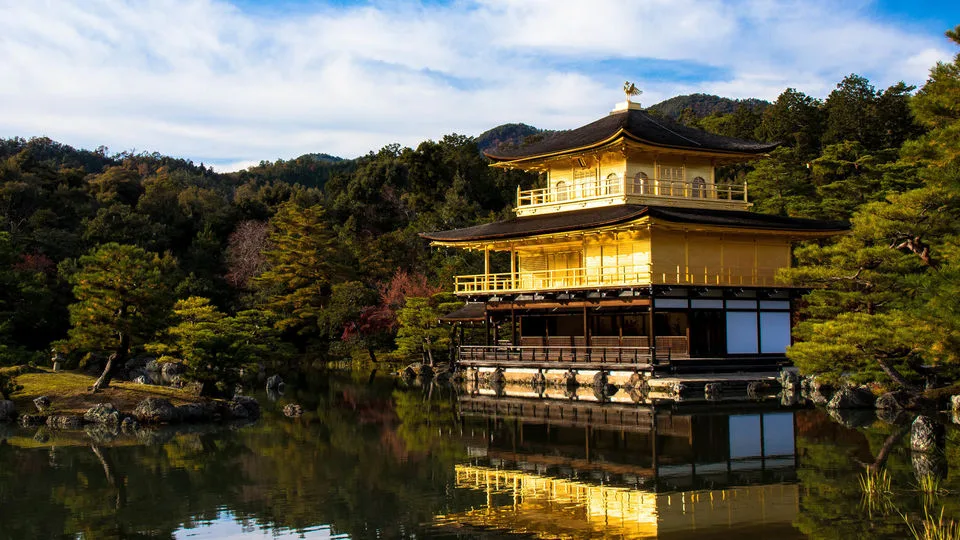

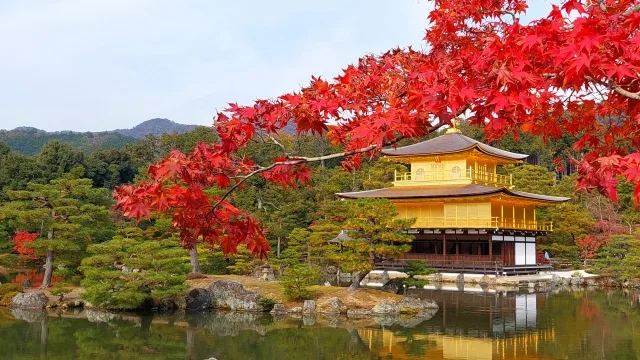
The official name of Kinkakuji Temple, one of Japan’s most famous scenic spots, is Rokuonji Temple, named after Ashikaga Yoshimitsu’s Buddhist name. The Shajinden (Golden Pavilion), which gave rise to the name Kinkakuji, is a gorgeous building with gold leaf inside and out. It is a rare structure consisting of three differently constructed levels: Hosui-in, a sleeping quarters style, Choon-do, a samurai style, and Kukkyo-cho, a Zen Buddhism style.
Kinkakuji Temple is a popular Japanese tourist spot for foreigners! Kinkakuji Temple, with its seasonal beauty, always ranks high on the list of popular tourist attractions in Japan among foreigners. It is one of the must-see tourist attractions in Kyoto and was registered as a UNESCO World Heritage Site in 1994.
Byodoin Hououji (Byodoin Phoenix Temple)
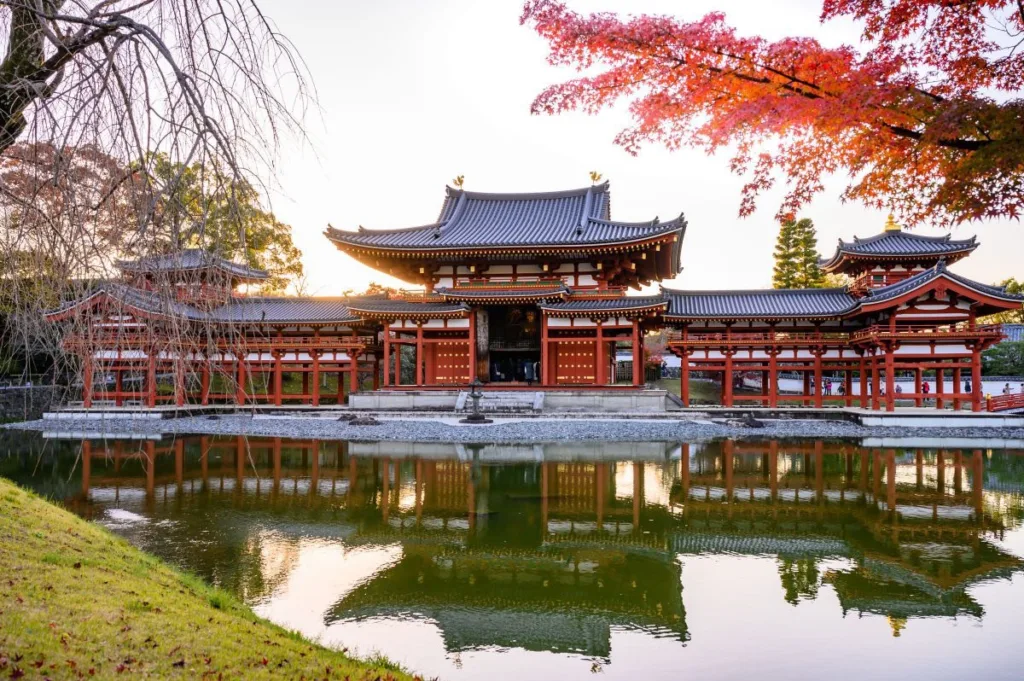

The Amida Hall was built in the late Heian period (1053) by Fujiwara no Yorimichi, the chief advisor to the Emperor. It is a valuable hall as it is the only remaining structure that recalls the glamorous Fujiwara Setseki period. The most significant feature of the hall is that it is built on the middle island of a pond, reflecting its beautiful appearance on the surface of the water, as if it were a palace floating on the Paradise Pond. The name “Phoenix Hall” was coined around the beginning of the Edo period (1603-1867) because the front view of the hall looks like a bird with its wings spread and a pair of phoenixes are placed on the roof. The Ho-o-oh-do Hall stands facing the east. It is depicted on the surface of the current 10-yen coin.
Arashiyama / Sagano
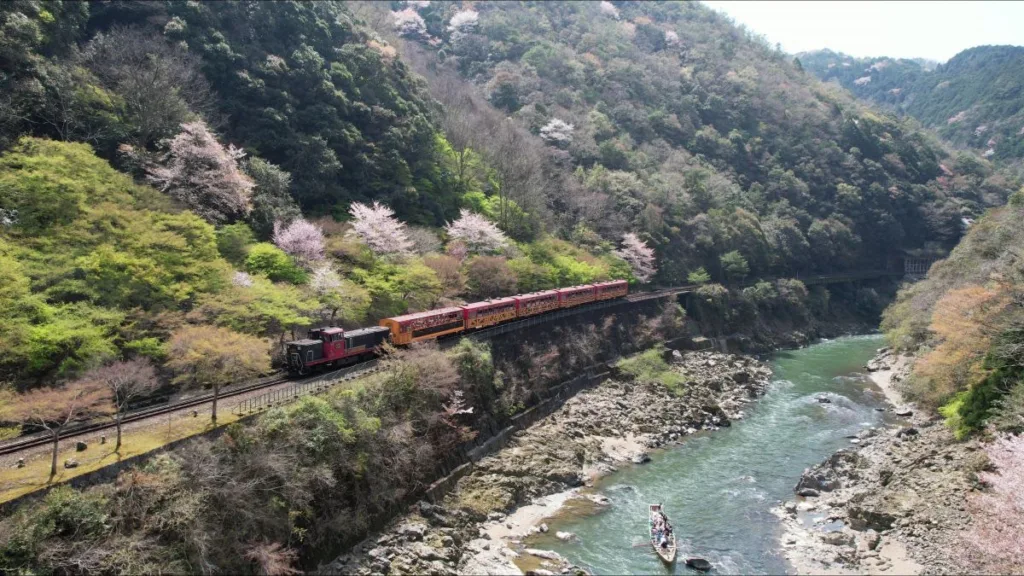
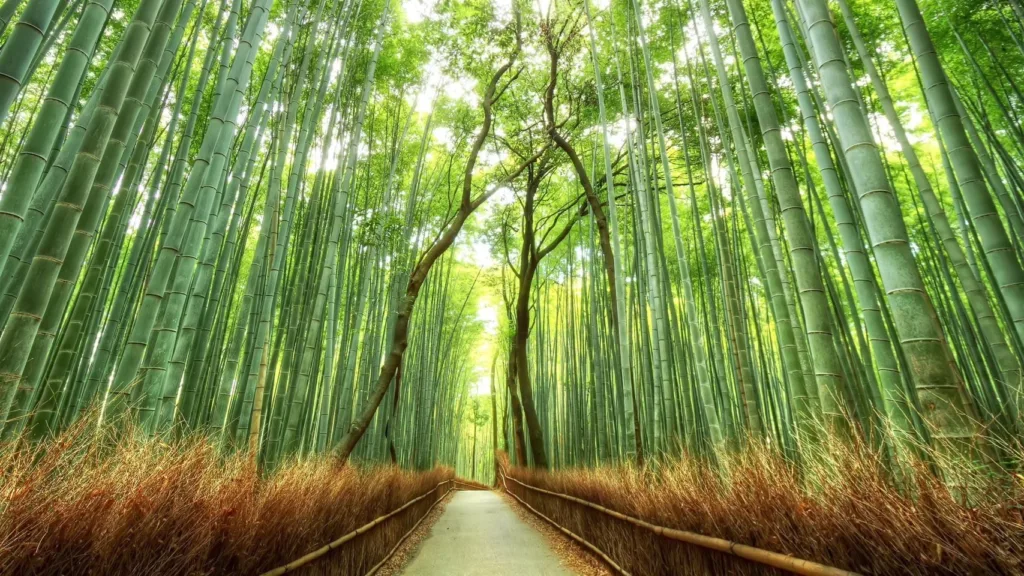
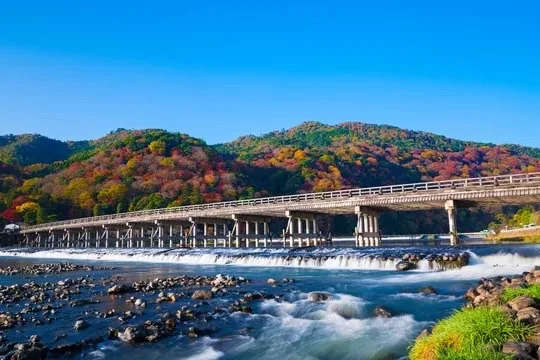
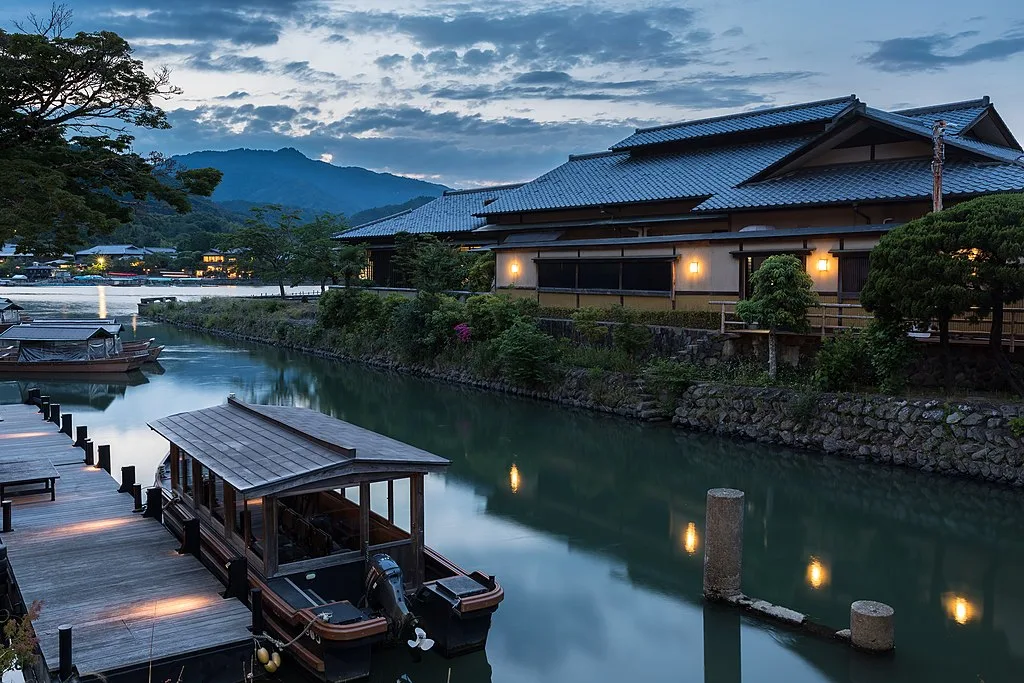
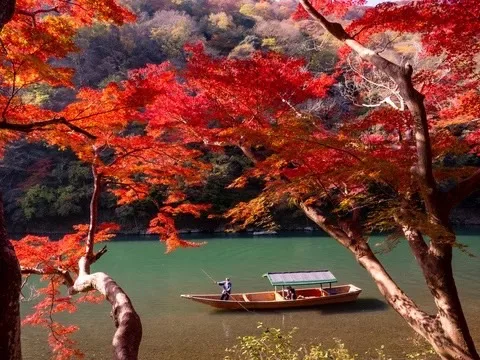
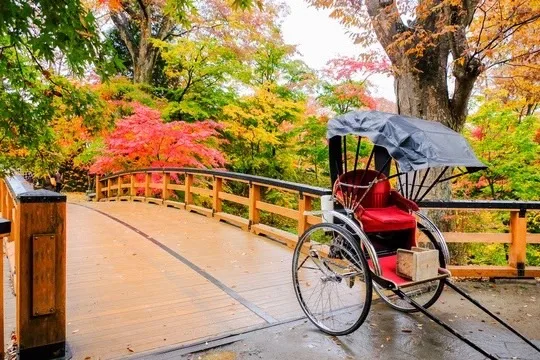
Arashiyama is a 382-meter-high mountain located in Nishikyo-ku, Kyoto City, Kyoto Prefecture, west of Togetsukyo Bridge over the Katsura River, a first-class river in the Yodo River system. However, the word “Arashiyama” is generally used today to refer not to the mountain itself, but to the area including Arashiyama (Nishikyo-ku, Kyoto) on the right bank of the Katsura River and Sagano (Ukyo-ku, Kyoto) on the left bank of the Katsura River, which are representative tourist destinations in Kyoto. In spring, the whole area is pink (cherry blossoms) and in fall, it changes its face to orange (autumn leaves). The beauty is breathtaking.
Around Kyoto Station
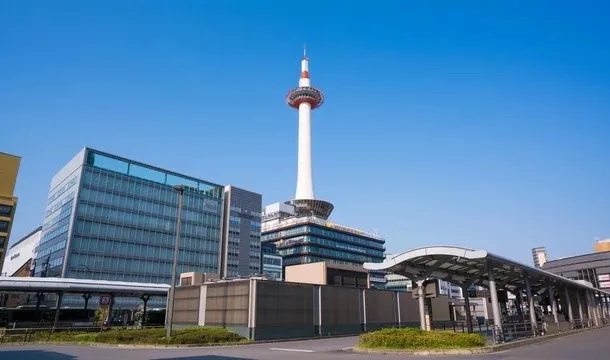
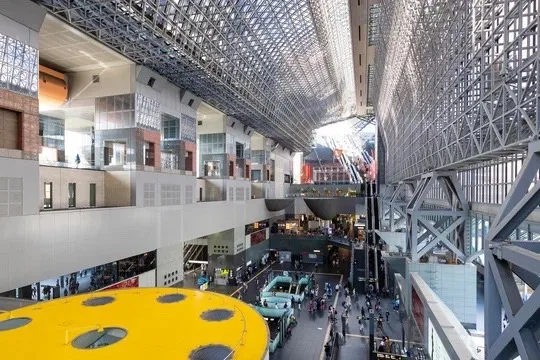
As soon as you exit Kyoto Station, you will see Kyoto Tower, the symbol of the Kyoto Station area. Kyoto Tower has an observation deck, restaurants, and a surprisingly enjoyable spot.
There are many places around Kyoto Station that can be visited on foot, including Higashi Honganji Temple, which underwent a major renovation in 2008, Nishi Honganji Temple, which is registered as a UNESCO World Heritage Site, Toji Temple, and Ichihime Shrine, which offers many benefits related to women.
Nishiki Market


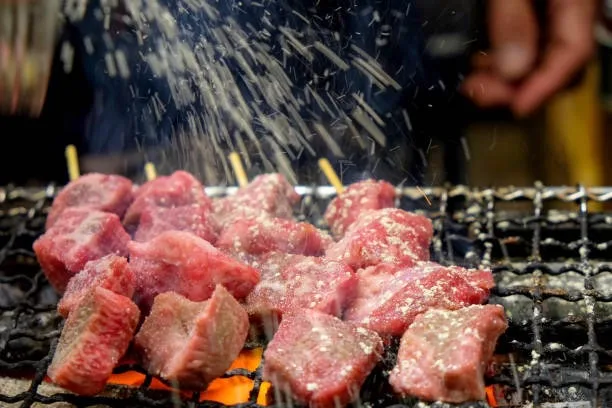
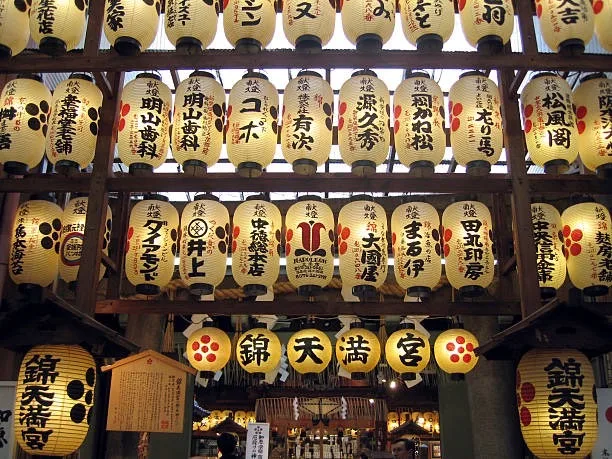

Today’s Nishiki Market is very different from its origins as a fish market some 400 years ago.
The Nishiki Market is about 400 meters long from east to west, and its narrow aisles are about 3.9 meters wide, lined with about 130 stores. The market still thrives daily, not only with tourists but also with Kyoto residents. You can find almost all of Kyoto’s unique food stuffs here. It is a very popular place to eat and walk around.
Toji-Temple
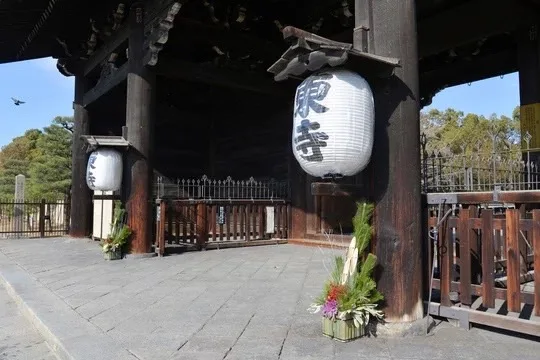
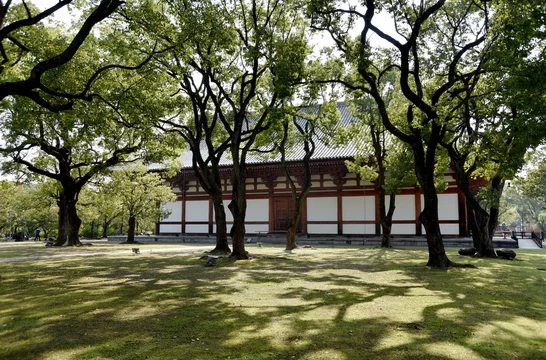

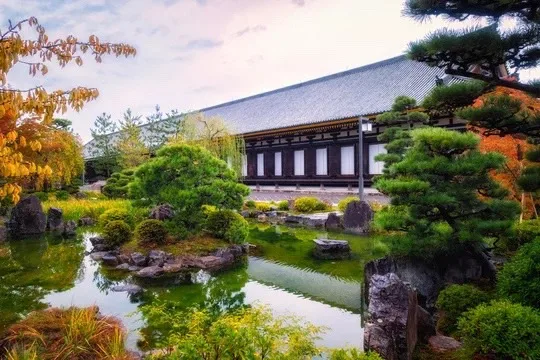

To-ji Temple is the only remaining remnant of the Heian-kyo Capital.
It has been approximately 1,200 years since its foundation. To-ji Temple was registered as a World Heritage Site in 1994. To-ji Temple was built at the time of the relocation of the capital to Heian-kyo, and was a state temple. Emperor Saga, who ascended to the throne after Emperor Kanmu, entrusted the temple to Kobo-Daishi Kukai, who returned to Japan after studying esoteric Buddhism in the Tang Dynasty. You may feel as if you have time-traveled back in time. The power of the temple will overwhelm you.
Ginkaku-Temple
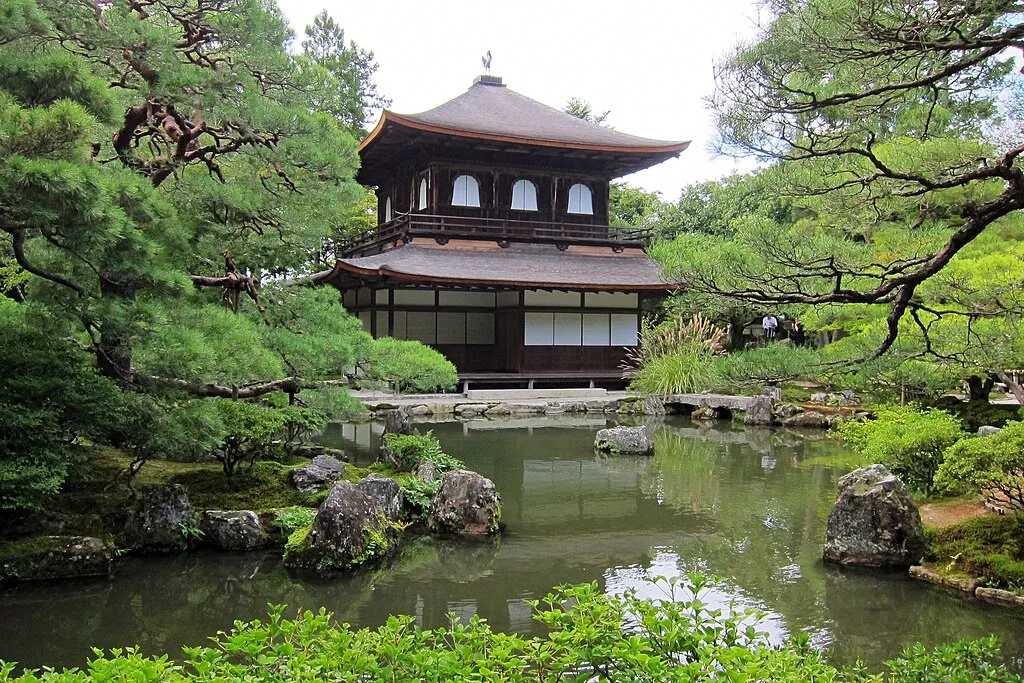
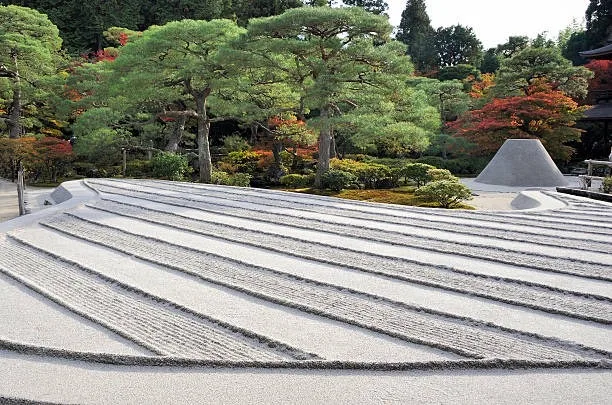
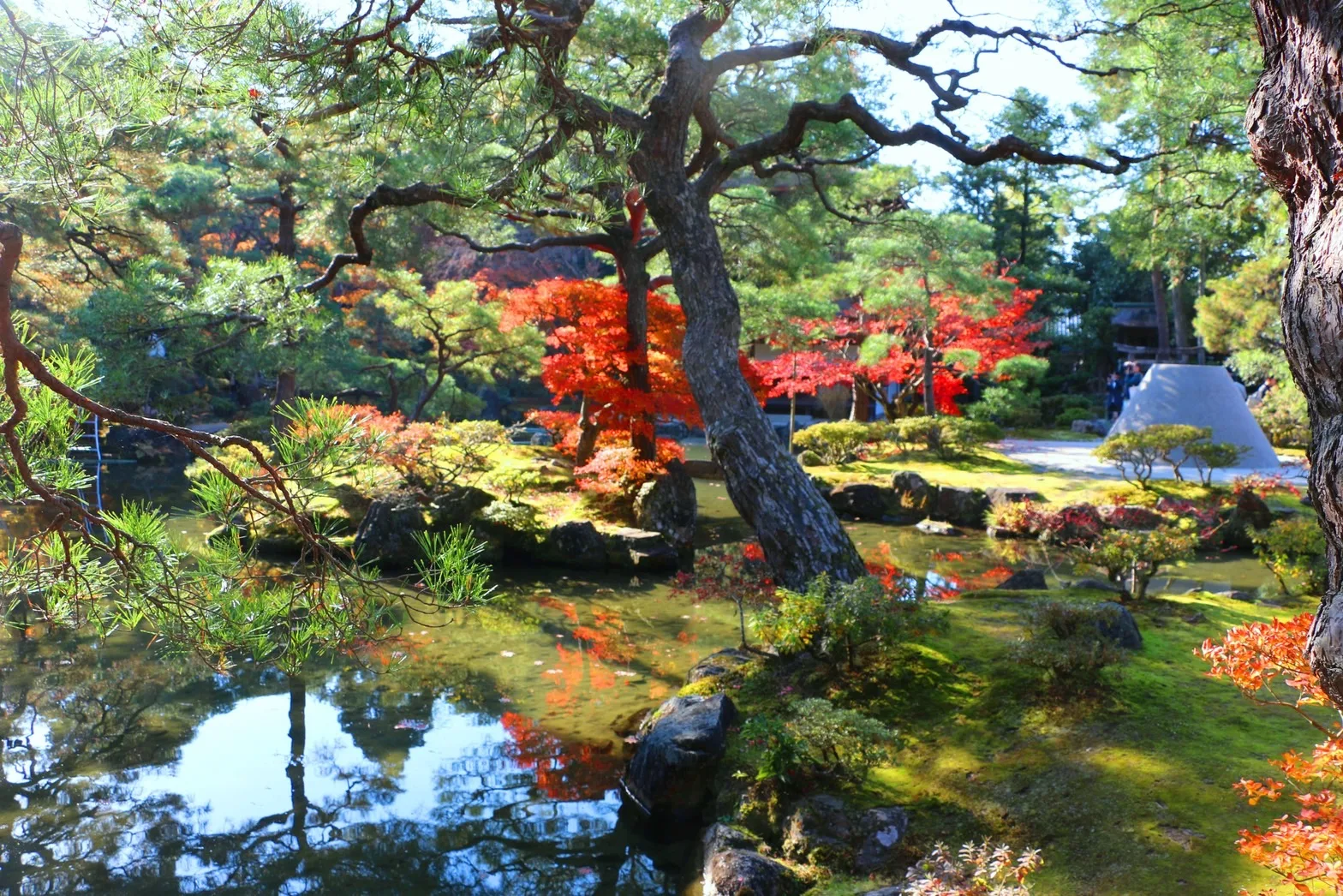
Like Kinkakuji Temple, Ginkakuji Temple is a registered World Heritage site and is one of the must-visit temples when traveling in Kyoto. While Kinkakuji is characterized by its luxurious and gorgeous appearance, its counterpart, Ginkakuji, has a calm “wabi-sabi” spirit, and its ethereal beauty attracts visitors. While Kinkakuji Temple was built by Ashikaga Yoshimitsu in the aristocratic Kitayama culture, Ginkakuji Temple represents the Higashiyama culture of “wabi-sabi,” which expresses the spiritual world of the samurai and Zen sects. In this article, the temple projects all the aesthetic and religious views of Ashikaga Yoshimasa, who succeeded to the shogunate at the age of only 15.
Yasaka Shrine
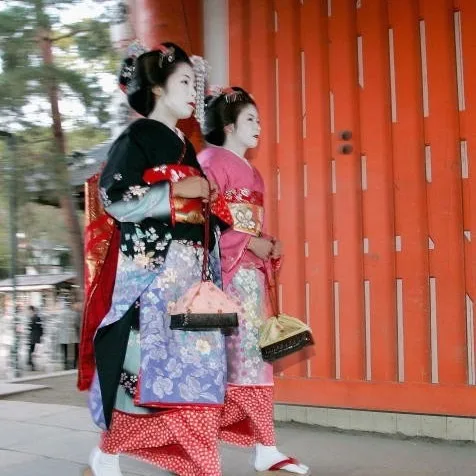
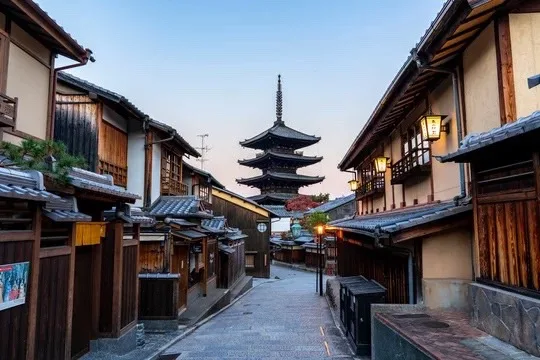
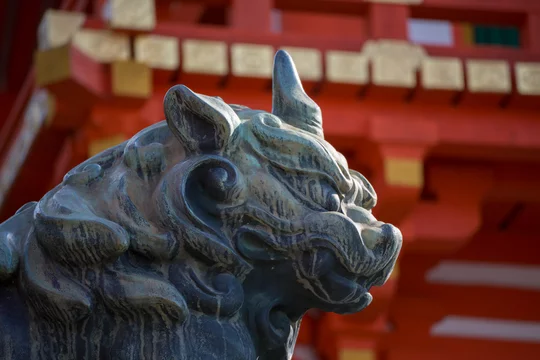
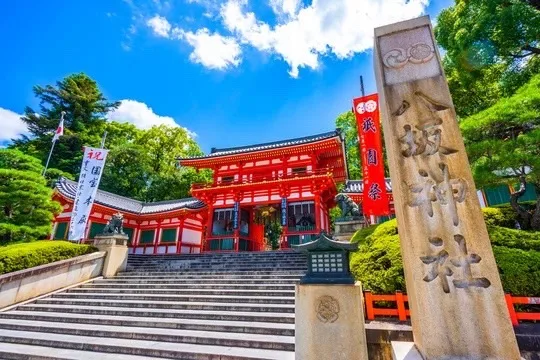
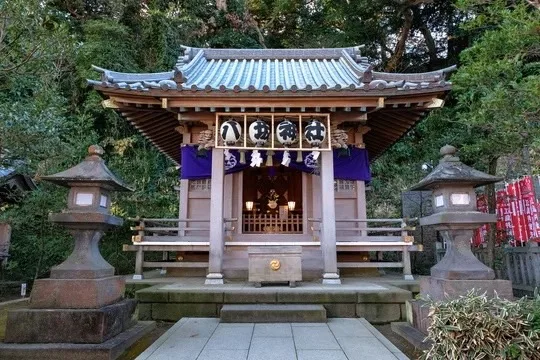
Yasaka Shrine, also known as Gion Shrine, is a beautiful Shinto shrine in Kyoto. It is famous for its traditional architecture, especially the large main gate, and is popular with tourists. The shrine is dedicated to Susano-o no Mikoto and his wife Kushinadahime no Mikoto. It is an important site for traditional festivals such as the Gion Matsuri which takes place every July., also known as Gion Shrine, is a beautiful Shinto shrine in Kyoto. It is famous for its traditional architecture, especially the large main gate, and is popular with tourists. The shrine is dedicated to Susano-o no Mikoto and his wife Kushinadahime no Mikoto. It is an important site for traditional festivals such as the Gion Matsuri which takes place every July.
Sanjusangendo

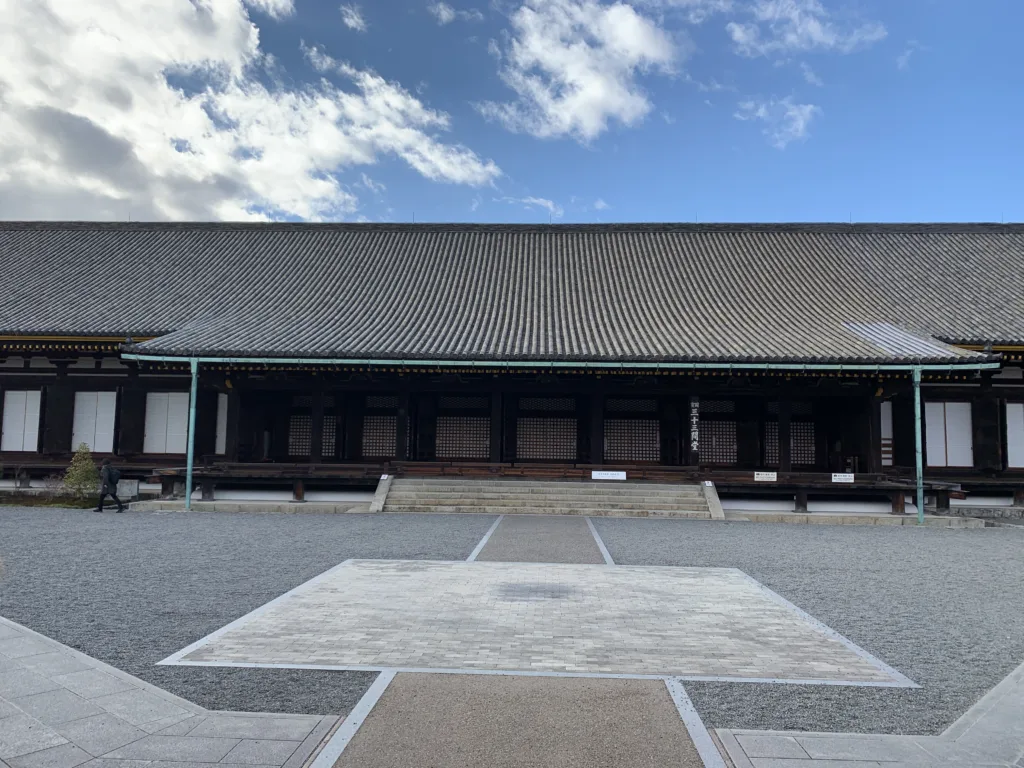
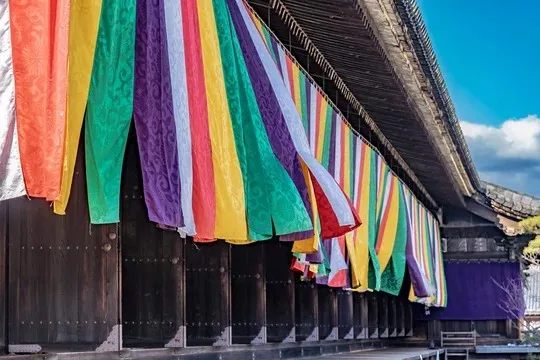
It has a 120-meter-long main hall with 33 pillars in the inner sanctuary, hence its name. The official name of the temple is Rengeoin. Inside the main hall, there are 1,001 standing statues of Senju Kannon, 28 statues of guardian deities, wind and thunder gods, and a seated statue of Senju Kannon, all of which, along with the main hall, are national treasures. Every year in mid-January, the shrine holds a traditional archery event called “Threading Arrows” and a “Yanggi-no-Okamochi” ceremony, in which visitors are sprinkled with water from a willow branch to pray for good health and well-being. In particular, the archery competition between adult women wearing sashesiki (sashesuki, a sash worn over a kimono) has become a New Year’s tradition.
Kitano Tenmangu Shrine
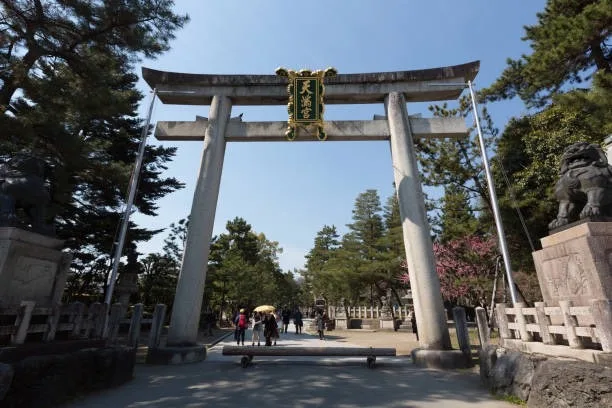
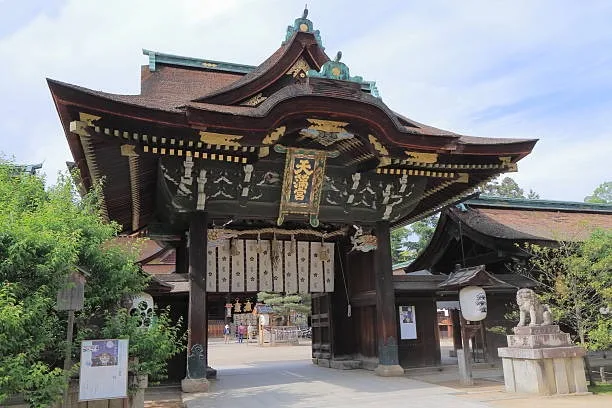

Kitano Tenmangu Shrine is the head shrine of about 12,000 Tenmangu shrines and Tenjinsha throughout Japan, which worship Sugawara no Michizane (Lord Suga) as their deities. Known since ancient times as “Kitano no Tenjin-sama,” the shrine is widely worshipped as a place to pray for success in entrance exams, academic achievement, culture and the arts, and protection from calamities and misfortune.
Kyoto Imperial Palace
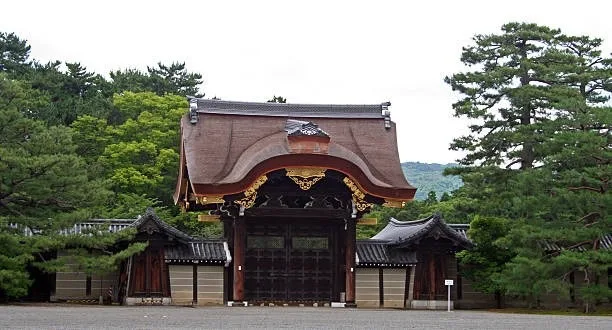
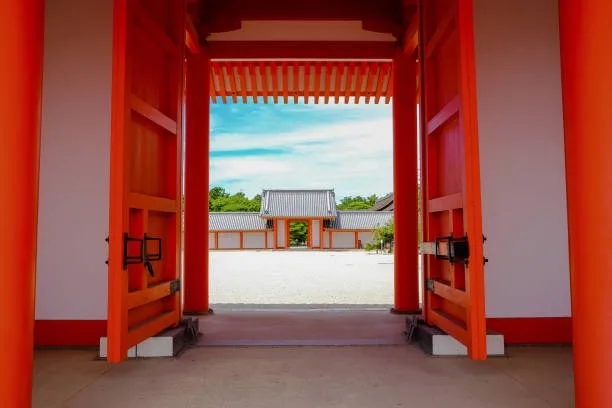
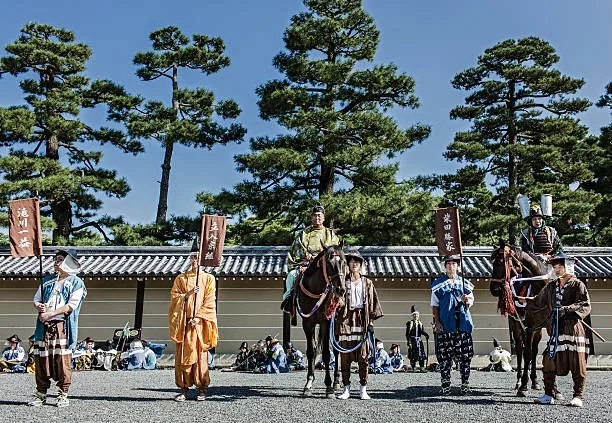

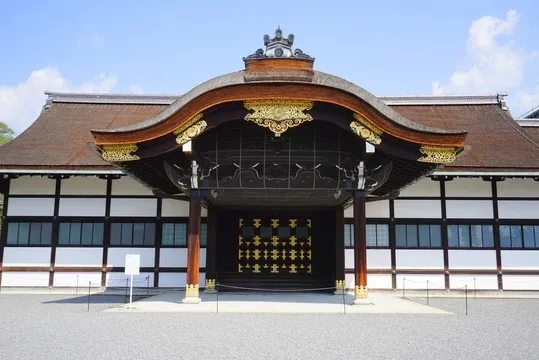
It is located in the north central part of the Kyoto Imperial Garden. (measuring approximately 250 m from east to west and 450 m from north to south). Surrounded by a Tsukiji wall and a clear ditch, the present building was rebuilt in 1855 (Ansei 2) at the end of the Edo period, and is partially modeled after the ancient system of the Heian period. The Imperial Palace has six gates on the east, west, south, north, and west sides, and Shikikinden Hall, where successive emperors ascended to the throne. In addition, there is the Empress’s Palace Chango-goden and other buildings on the north side of the palace. In front of the Small Imperial Palace is an elegant garden with a large pond. Visitors can enter and exit from the Seishomon Gate.
Nara
Horyu-ji Temple
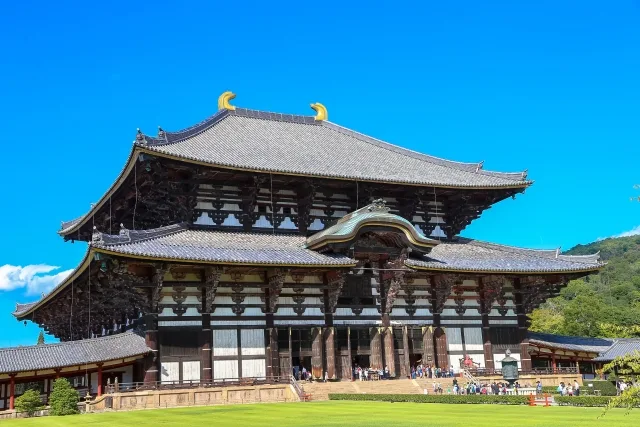
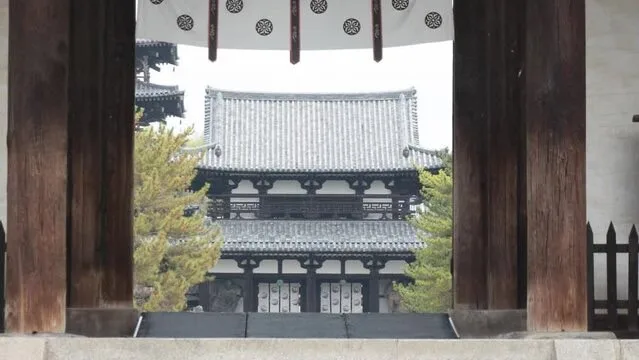


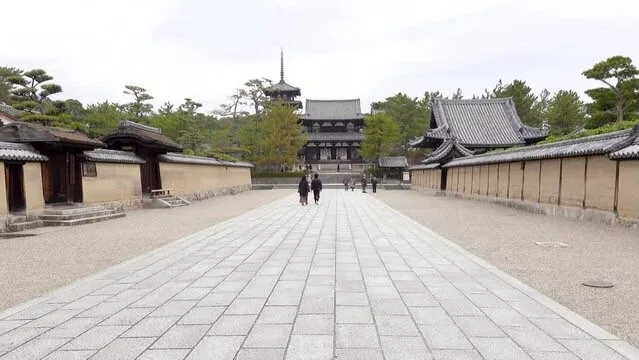
Horyu-ji Temple, built in the Asuka Period, is known as the oldest existing wooden structure in Japan.
It was built around 607 (Emperor Suiko 15) in Ikaruga, Nara Prefecture, but according to the “Chronicles of Japan (720),” most of it was destroyed by fire in 670 (Emperor Tenchi 9).
Although the date of reconstruction is not clear, research on the timing of the cutting of building materials proves that it was rebuilt at least 1,300 years ago.
The oldest of these are the Kondo, five-story pagoda, central gate, and corridors in the Seiin. These and other wooden structures are considered the oldest in Japan and the world.
Todaiji Temple
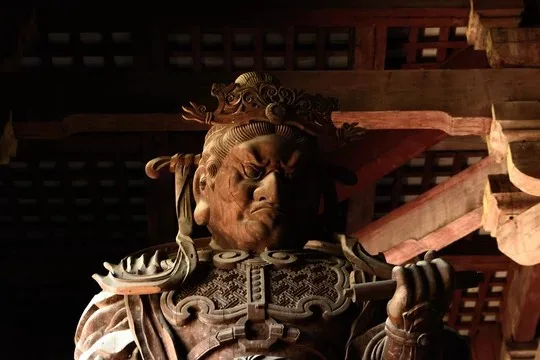
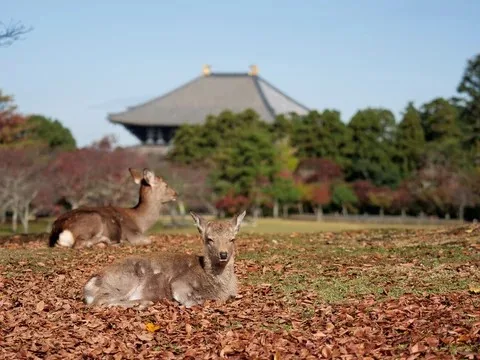

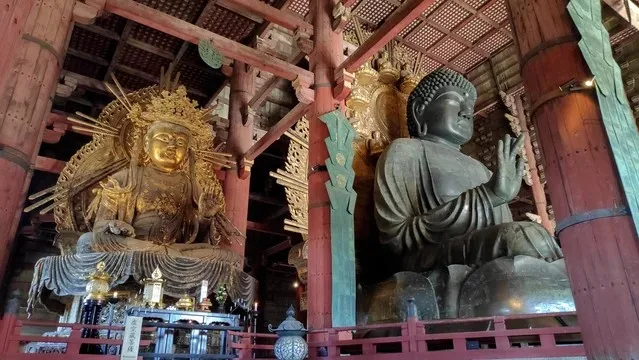

Known as the Great Buddha of Nara, this representative temple of the Nara period was built in Heijo-kyo, the capital of Nara, as the center of all national temples.
The Great Buddha Hall is one of the largest wooden structures in the world.
In 743 (Tempyo 15), Emperor Shomu issued an imperial decree for the construction of the Rushana Daibutsu, wishing for the prosperity of all living things,
The Great Buddha was opened to the public in the 4th year of Tempyo Shoho (752). Since then, pagodas were built one after another, and it took nearly 40 years to complete the temple complex.
The temple is home to many cultural assets, including national treasures representing each period.
Hiroshima
Miyajima in Aki (Itsukushima Shrine)
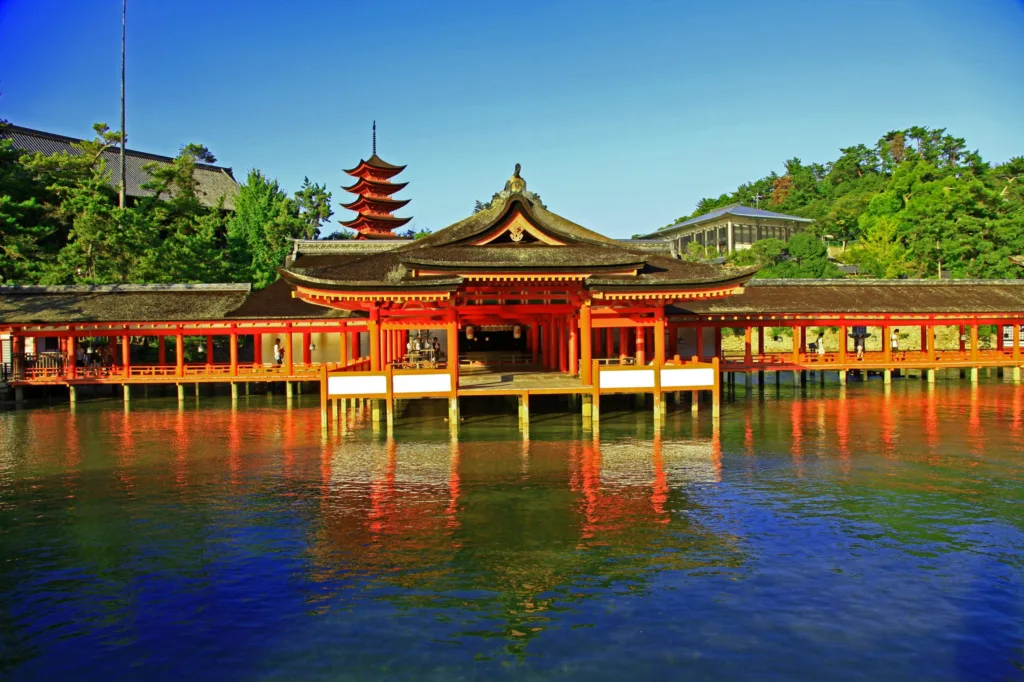
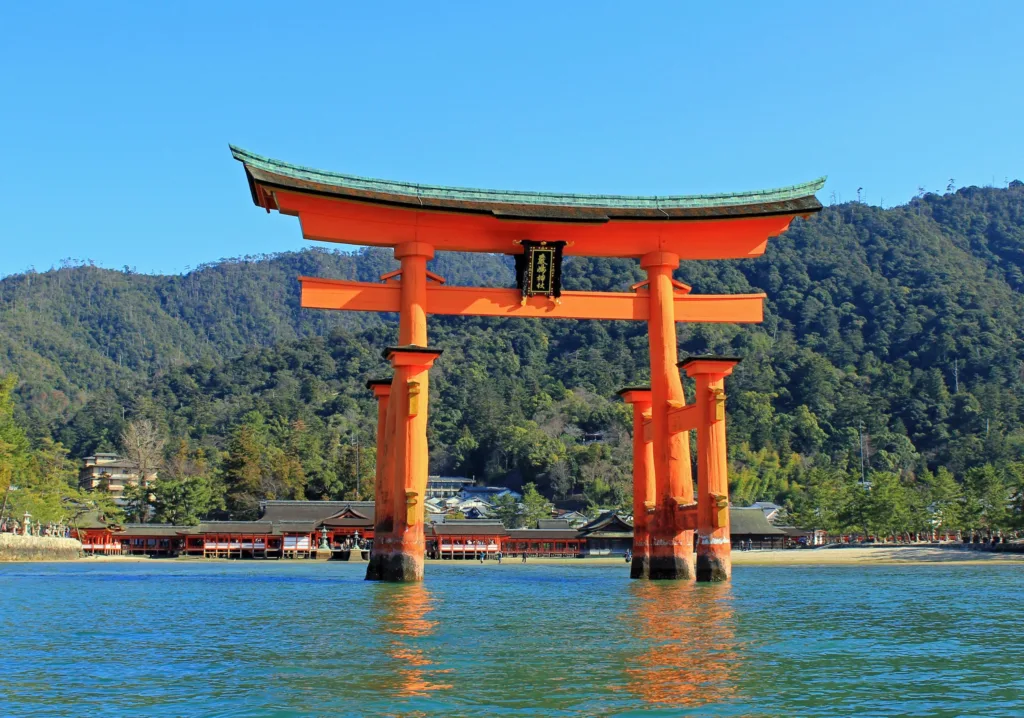

Itsukushima Shrine is located in Hiroshima Prefecture and was registered as a UNESCO World Heritage Site in December 1996. It is a Shiki-uchi-sha (Meishin-taisha) and the first shrine in Aki Province. Formerly a government-run shrine, it is now an annexed shrine of the Jinja Honcho (Agency of Shinto Religion). The shrine’s crest is a three-tiered double tortoiseshell with a sword and flower-shaped lozenge.
In ancient times, the shrine was also called “Itsukishima Shrine. It is the head shrine of Itsukushima Shrine, which has about 500 shrines throughout Japan. The building floats on Hiroshima Bay. It is a very popular spot among foreigners.
Peace Park Atomic & Bomb Dome
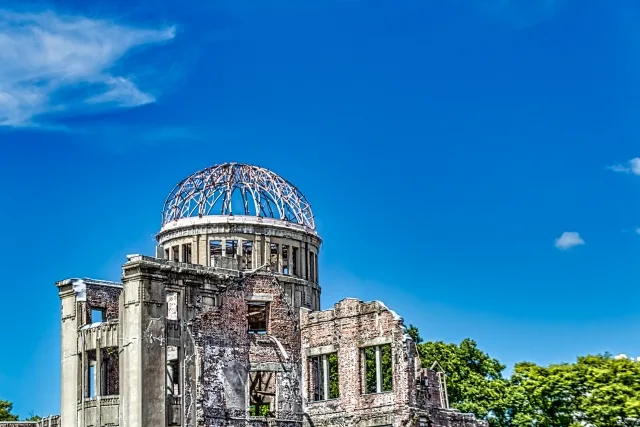
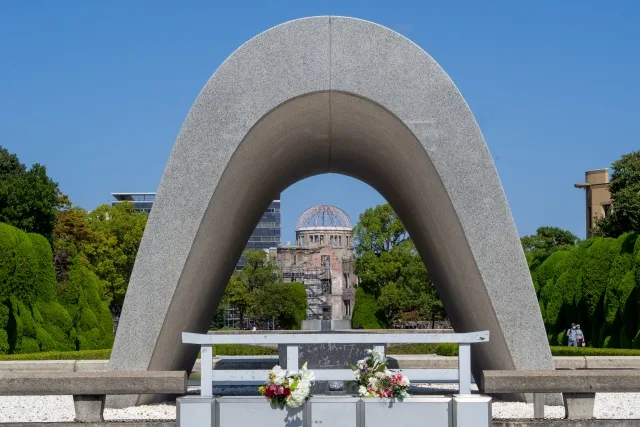
Peace Memorial Park and the Atomic Bomb Dome in Hiroshima Prefecture are dedicated to promoting peace and commemorating the tragic events of the atomic bombing of Hiroshima on August 6th, 1945. The park features various monuments, including the Children’s Peace Monument and the Memorial Cenotaph, as well as a museum exhibiting artifacts and information about the bombing and its aftermath. Meanwhile, the Atomic Bomb Dome serves as a historic reminder of the devastating impact of nuclear weapons and serves as a symbol of hope for a future free from nuclear warfare.
It is a popular spot not only among Japanese but also among foreign tourists.
Shimane
Izumo Temple
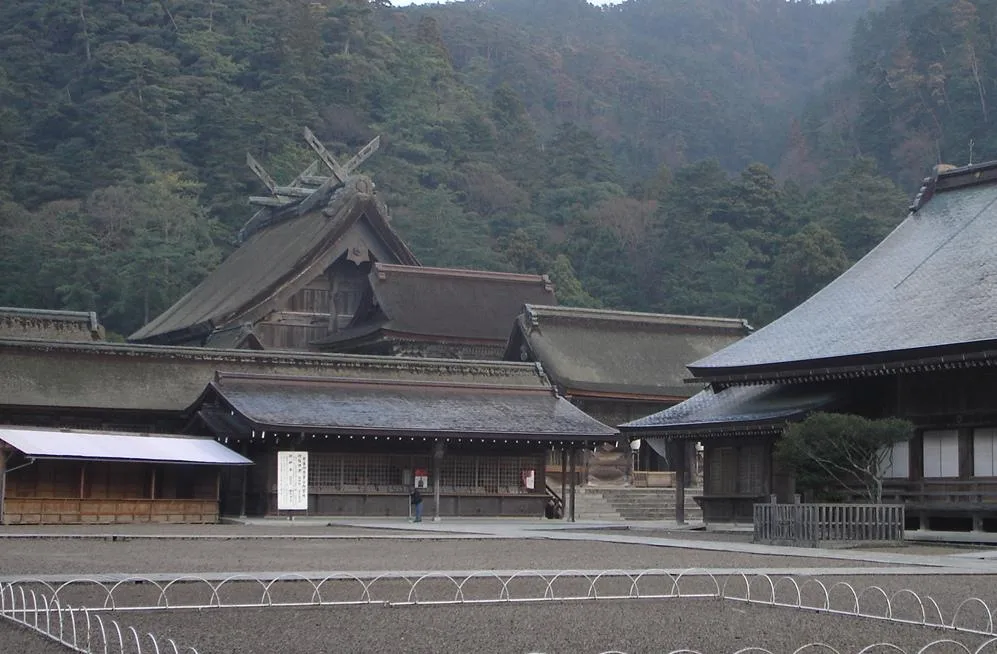
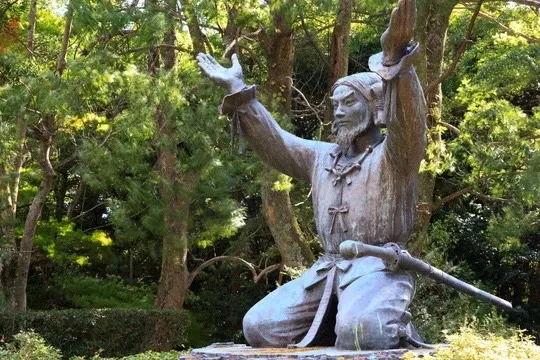
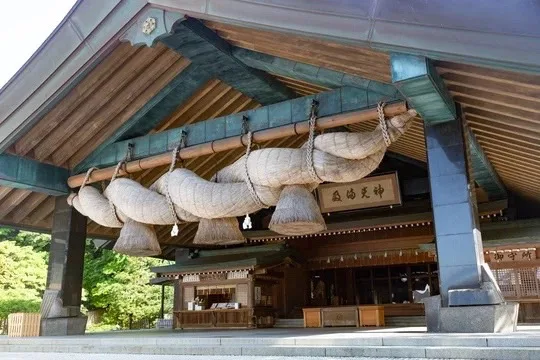
The country of Izumo is known as the Land of Gods and the Land of Myths because ancient shrines dedicated to the gods and goddesses are still located everywhere today. The center of these shrines is Izumo-taisha, which enshrines Okuninushi no Okami, the Great Goddess of the Sea. It is said to have been founded in 712.
Osaka
Osaka Castle
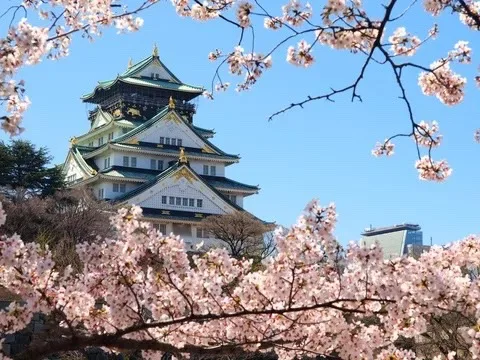
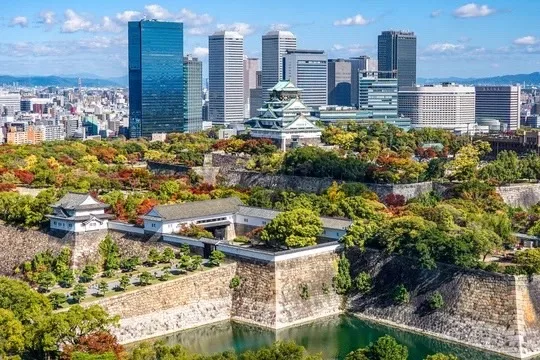

Located in Osaka City, Osaka, this castle was built by Toyotomi Hideyoshi and Toyotomi Hideyoshi. It is also called Kin-kin (brocade) Castle. Construction of the castle began in 1583 on the site of Ishiyama Honganji Temple, and took three years to complete with the mobilization of tens of thousands of people. After Hideyoshi Hideyoshi moved to Fushimi Castle in Fushimi City, the castle became the residence of his son Hideyori Hideyori, but it was burnt down during the Osaka Summer Natsu no Jinjin (1615), and was repaired by the Edo shogunate. The gates, turrets, moat, and stonewalls from those days remain, and the ruins of the castle are designated as a special historic site.
Dotonbori Shopping Street

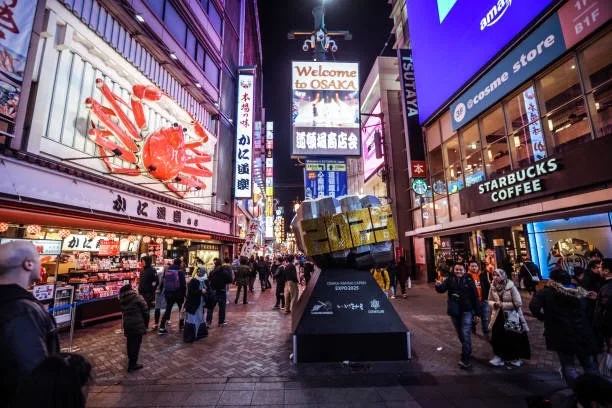
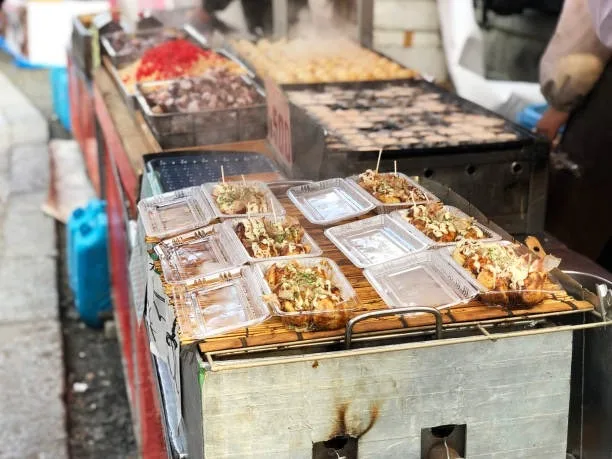
Dotonbori Shopping Street is one of Osaka’s most popular tourist attractions. Along the Dotonbori River, there are many restaurants with flamboyant signboards that are unique to Osaka. The Glico sign and the Kuidaore Taro doll are also located in Dotonbori Shopping Street.
The shopping street is lined with Osaka’s famous takoyaki (octopus dumplings), okonomiyaki, and kushikatsu (skewered pork cutlets) restaurants, allowing visitors to fully enjoy Osaka’s culinary delights. Located close to Namba, the center of the city, it has become a symbolic place for the citizens of Osaka.
Hyogo
Himeji Castle

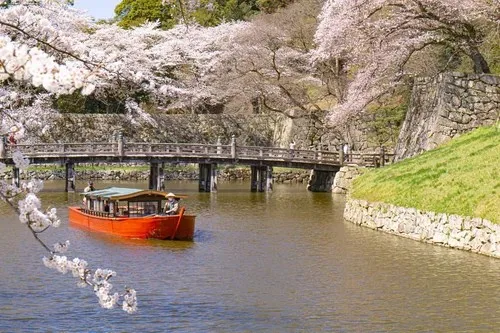
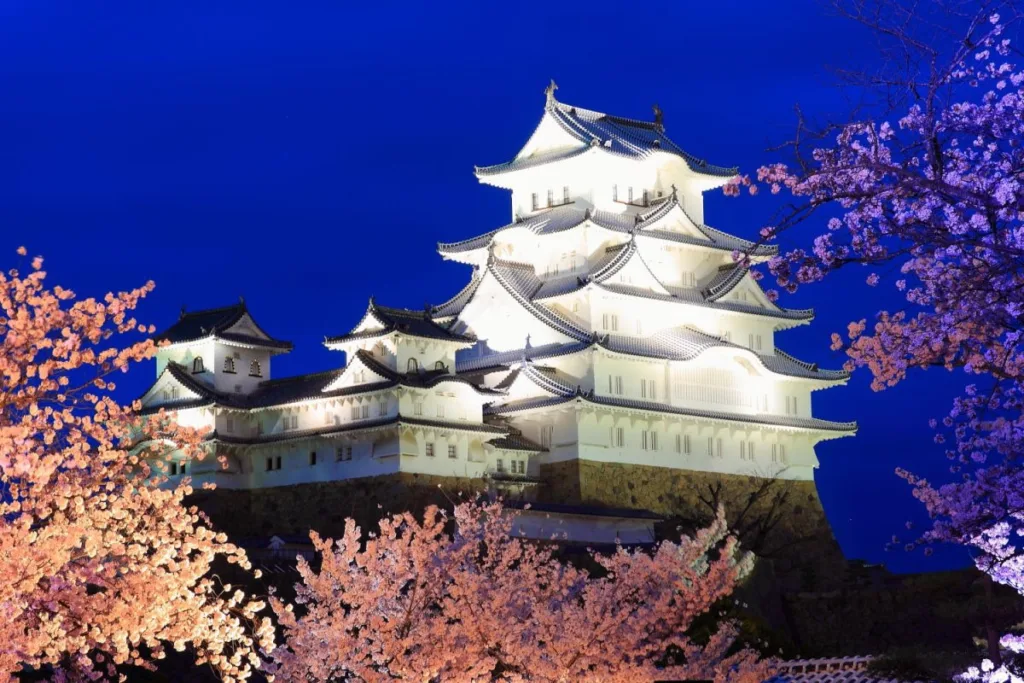
Himeji Castle, located in Japan, is a historical fortress designated as a national treasure and a UNESCO World Heritage Site. It was built in the 17th century and is considered a masterpiece of Japanese castle architecture. The castle is also known as the “White Heron Castle” due to its elegant white exterior. Visitors can explore the castle’s various levels and admire the intricate design and engineering of this amazing structure. Himeji Castle is a must-see for anyone interested in Japanese history and culture.
Mie
Ise Jingu
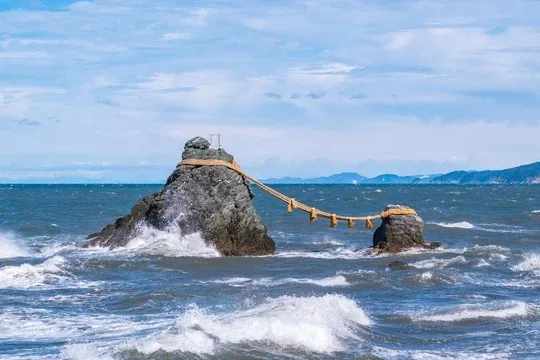
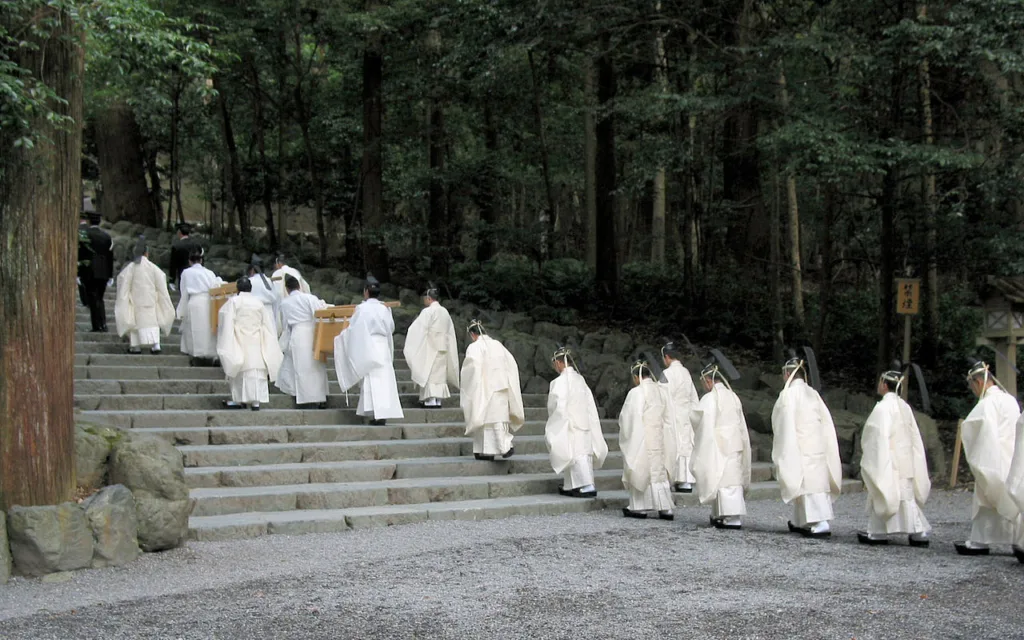
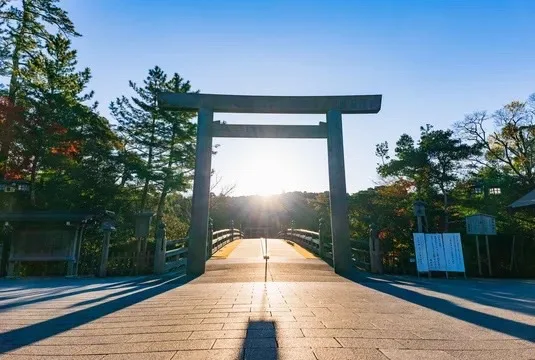
Ise Jingu is one of the most important shrines in Japan, dedicated to Amaterasu, the Sun Goddess. Located in Mie Prefecture, it consists of two main shrines, the Inner and Outer, and numerous smaller shrines and buildings. Considered the spiritual home of the Japanese people, it is a popular tourist destination and a place of pilgrimage for those seeking spiritual health. Each year, around 10 million people visit Ise Jingu Shrine to pay their respects, participate in traditional ceremonies, and experience the beauty of this ancient and sacred place.
Gifu
Shirakawa-go
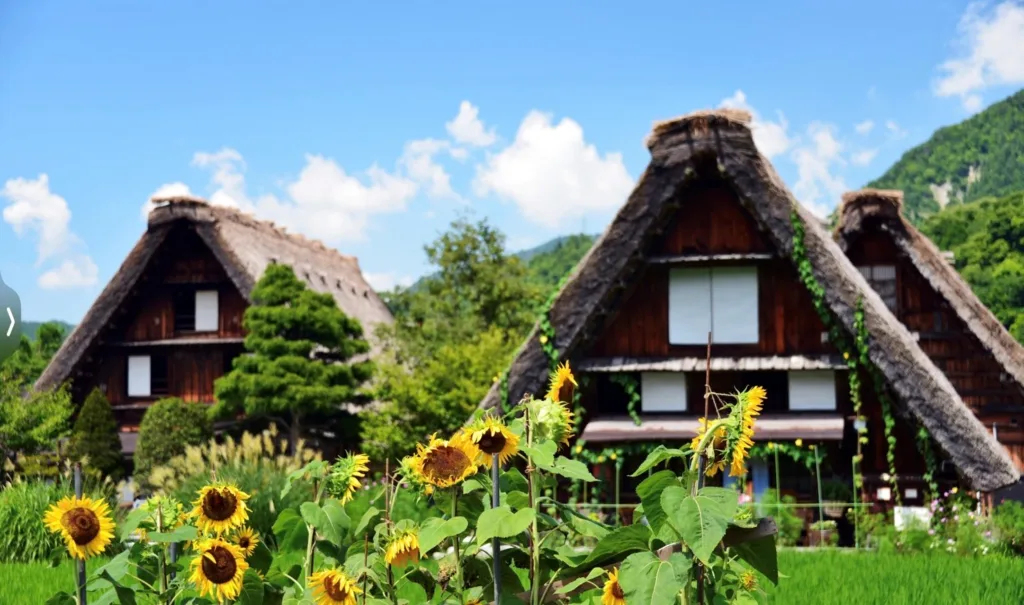

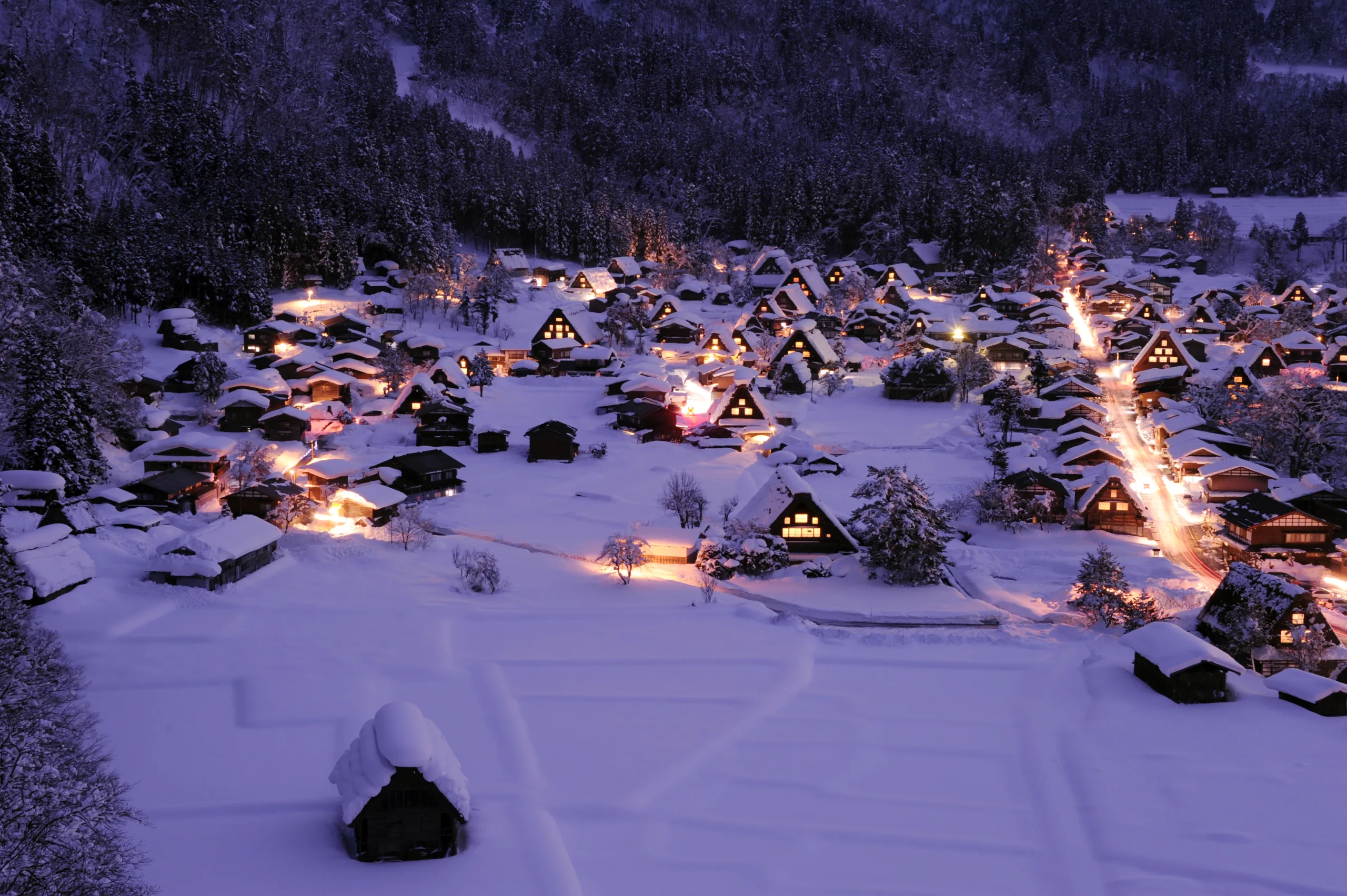
Shirakawa-go is a UNESCO World Heritage site located in rural central Japan. It is known for its unique gassho-zukuri style farmhouses, which have steep, thatched roofs shaped like hands in prayer to withstand heavy snowfall. Often covered in snow during winter, this picturesque village offers visitors a glimpse into traditional Japanese rural life. The village is also famous for its traditional crafts, including pottery, weaving, and woodcarving.
Magome Juku / Tsumago juku
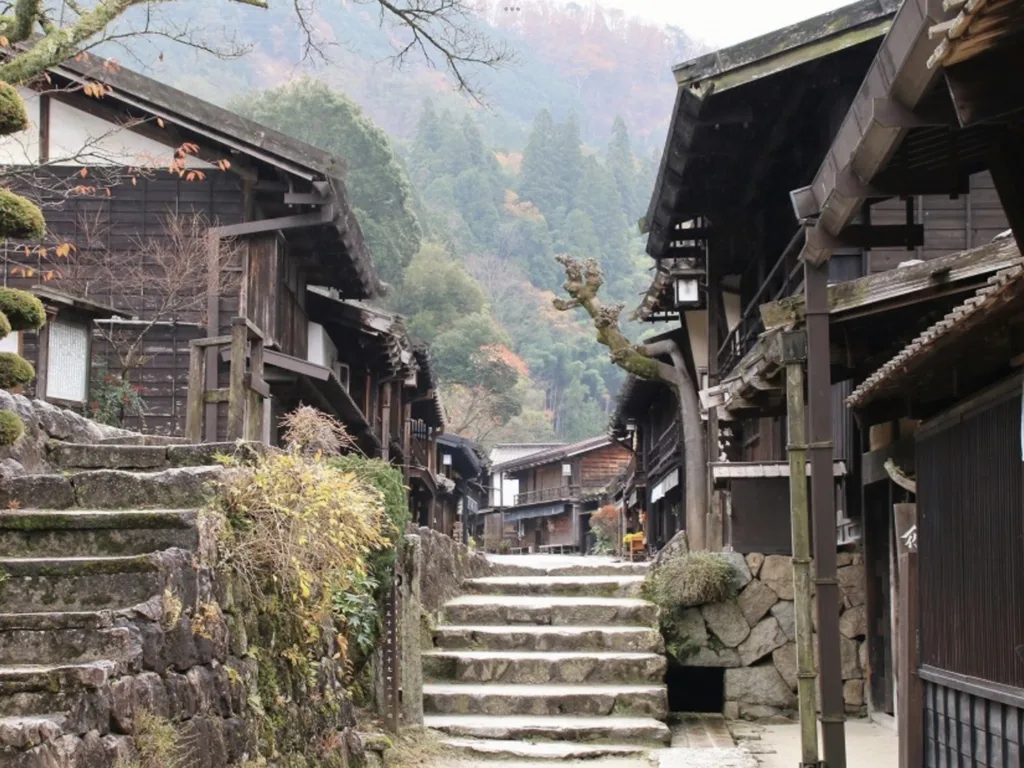
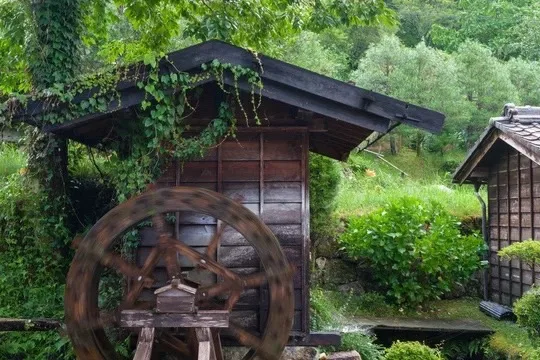
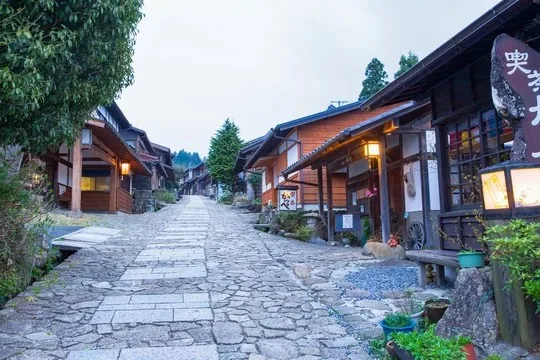
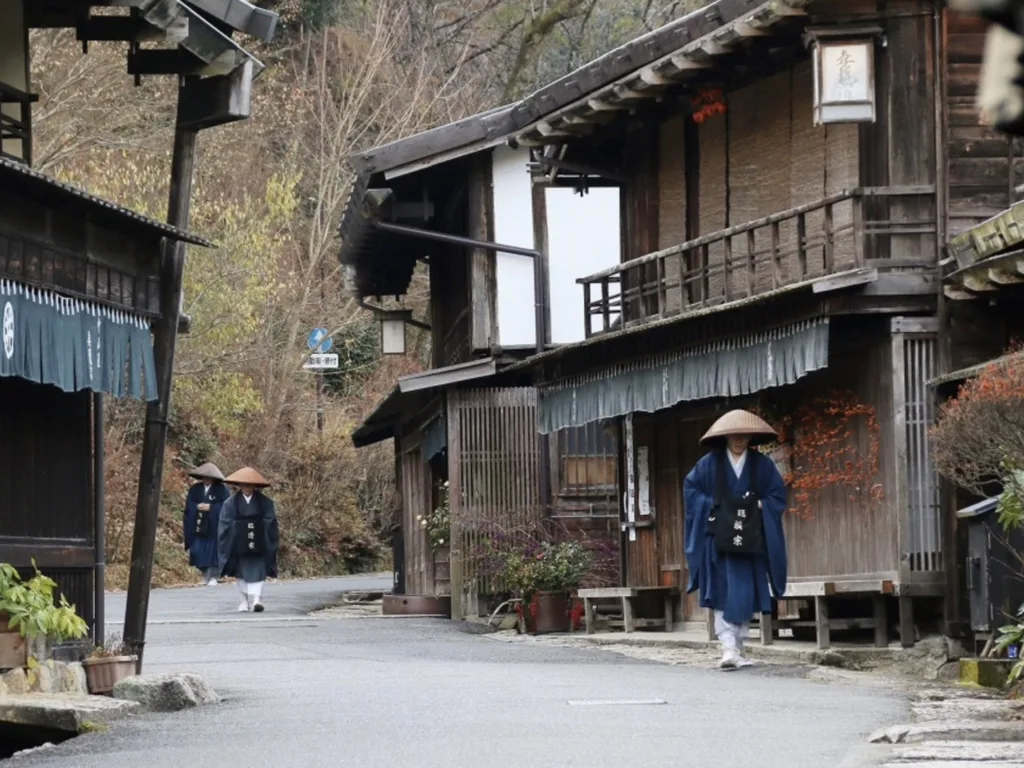
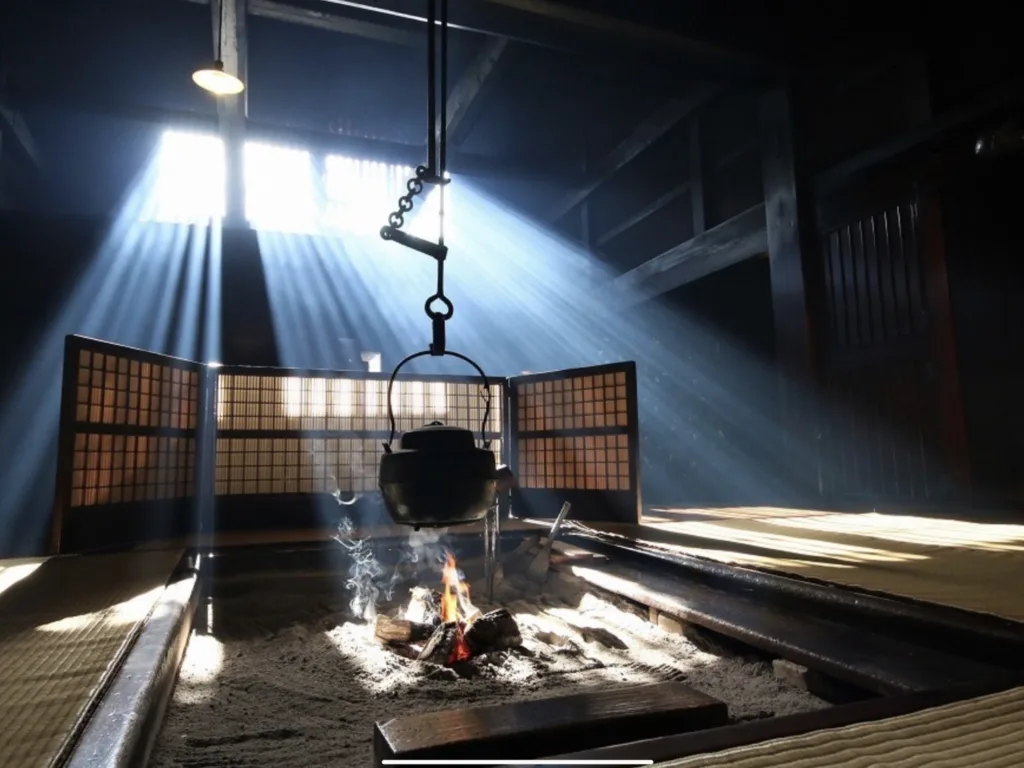
Magome-juku and Tsumago-juku were post towns along the old Nakasendo route during the Edo. period(1601〜1868). Magome is known for its preserved traditional buildings and landscapes, while Tsumago offers well-preserved street scenes and historic landmarks. It is also called Samurai Road.
Ishikawa Kanazawa
Higashi-chaya-cho
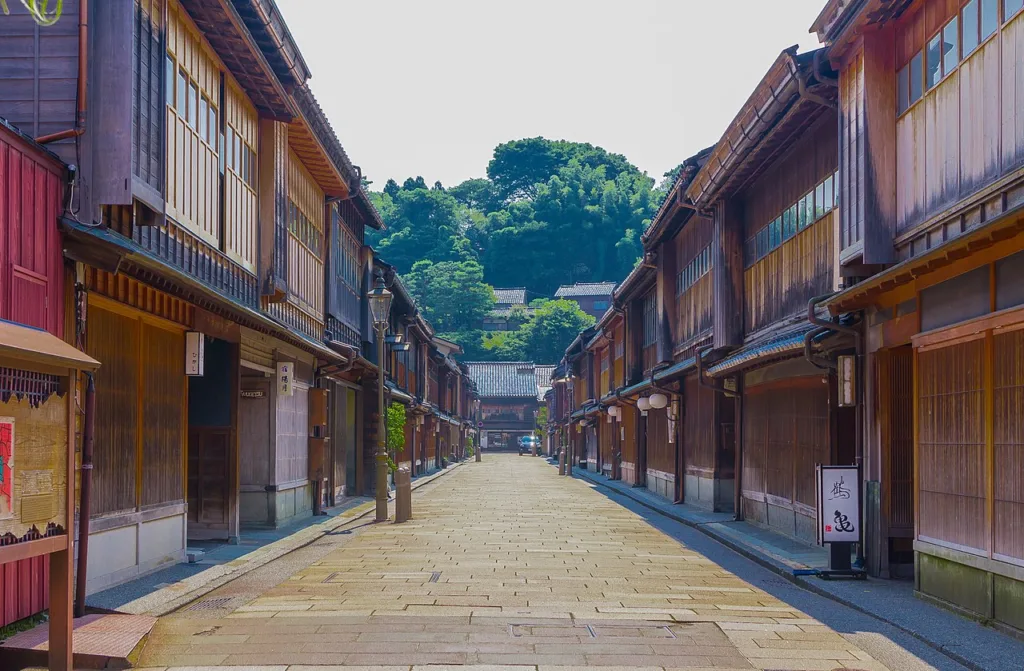
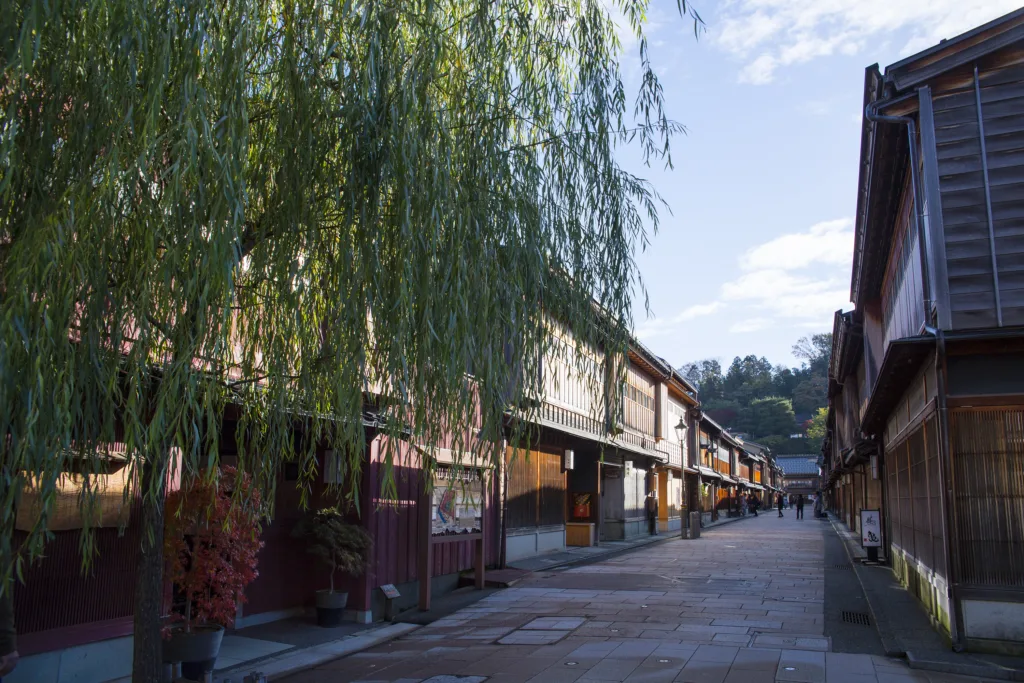
It is the largest of Kanazawa’s three teahouse districts. It was built by the Kaga clan in the Edo period (1603-1868), and was selected as a national Important Preservation District for Groups of Traditional Buildings in 2001. The stone-paved streets lined with teahouses with red-lacquered lattices on both sides are like stepping back in time to the Edo period. Wearing a kimono, you will enjoy walking around the area even more.
Kenrokuen Garden
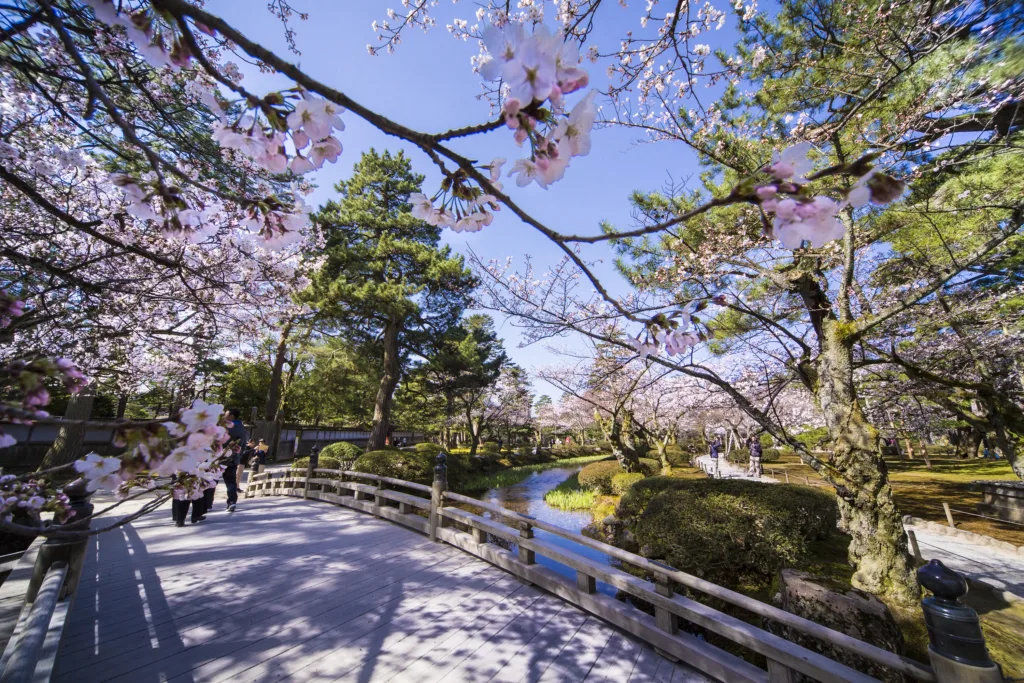
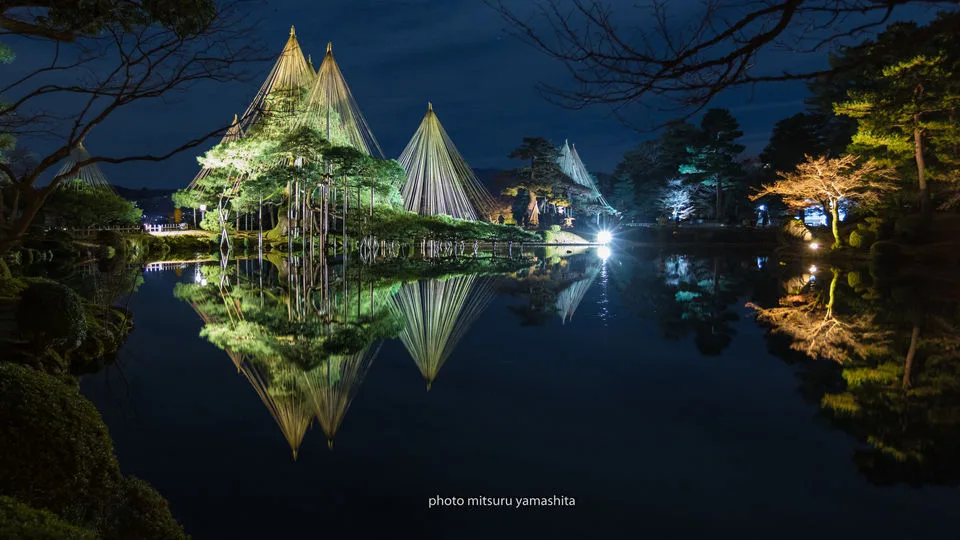
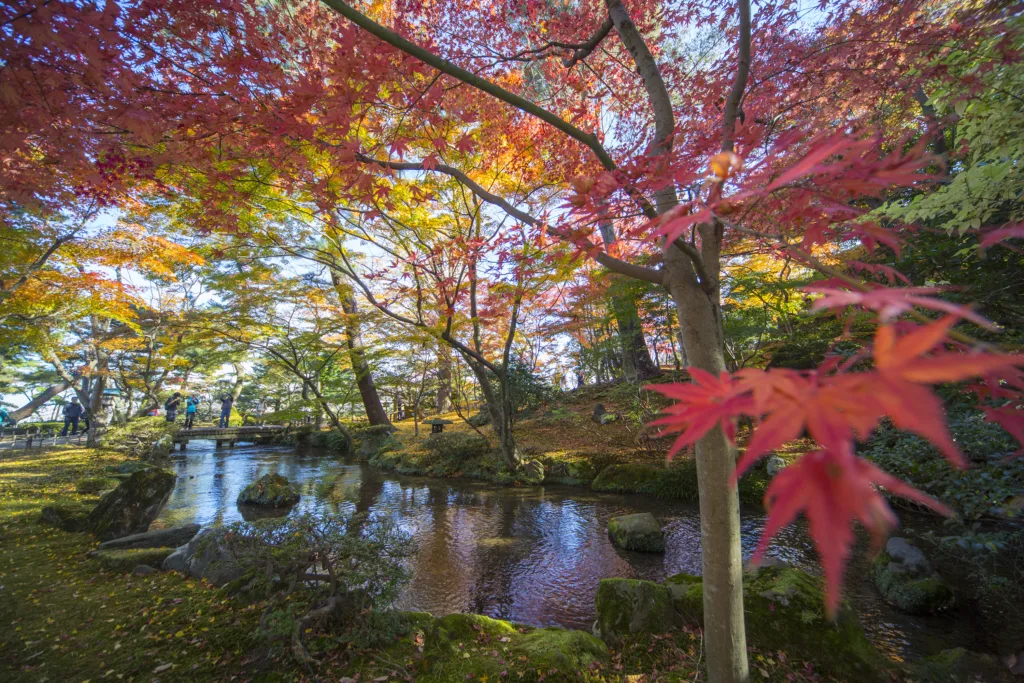
Located in the center of Kanazawa City, Kenrokuen Garden is one of the “Three Famous Gardens of Japan. As the garden of the Maeda family of the Kaga Domain, which owned one million koku of land, construction of the garden began in 1676 during the reign of Tsunanori Tsunanori, the fourth lord of the domain, and it is said that the present garden was created during the reign of Nariyasu, the 13th lord of the domain.
Visitors can enjoy the seasonal changes in nature, with cherry and plum blossoms in full bloom in spring, kakitsubata and satsuki in summer, autumn leaves in fall, and snow hanging in winter.
Kanagawa
Hakone Glass no Mori Venetian Museum

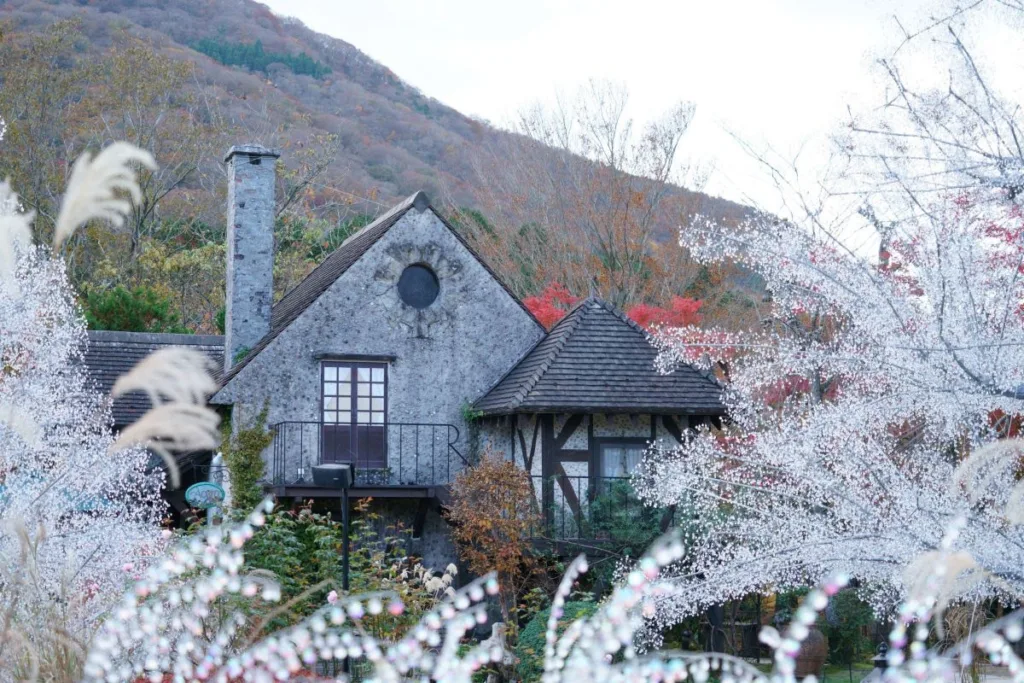
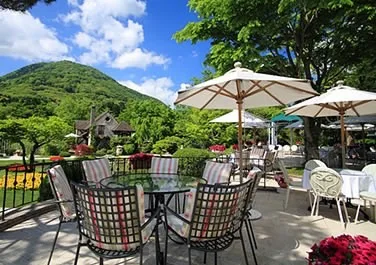
Hakone Glass no Mori Venetian Museum is a unique attraction in Japan that showcases breathtaking glass art.
This museum offers visitors the opportunity to appreciate and discover over a thousand pieces of glass art created by various artists from all around the world.
With its large collection of glasswork and stunning views of Hakone’s natural beauty,
you are sure to find a magical and unforgettable experience here. Additionally,
there are also opportunities to try glass blowing and glass crafts under the instruction of professionals.
Hakone Open Air Museum
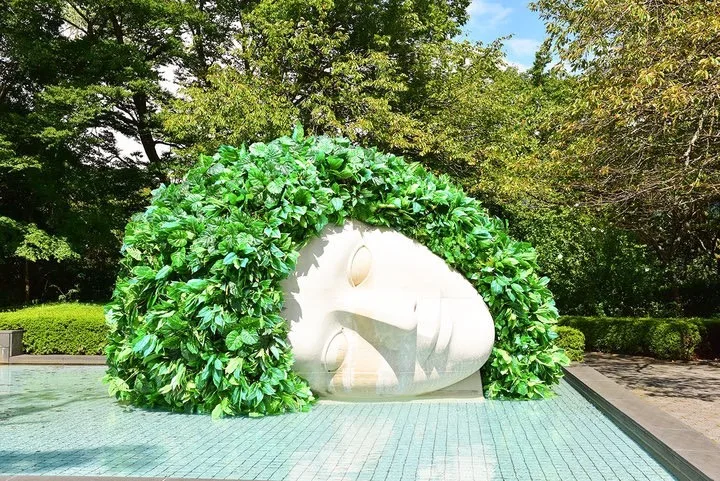
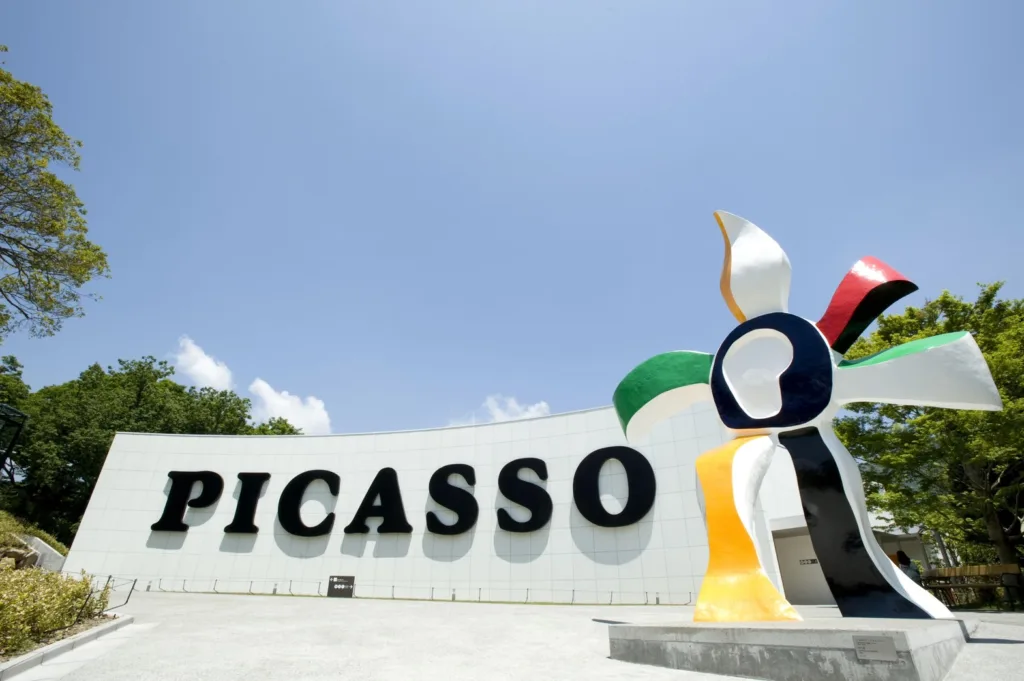
Hakone Open Air Museum is an outdoor art museum featuring an impressive collection of contemporary sculpture and installations from both Japanese and international artists. Visitors can admire and interact with the large-scale artworks, sculptures, and exhibits located throughout the sprawling gardens and park area. In addition, the museum boasts a number of indoor galleries showcasing modern and abstract artworks, making it the perfect destination for art lovers of all ages and interests.
Owakudani
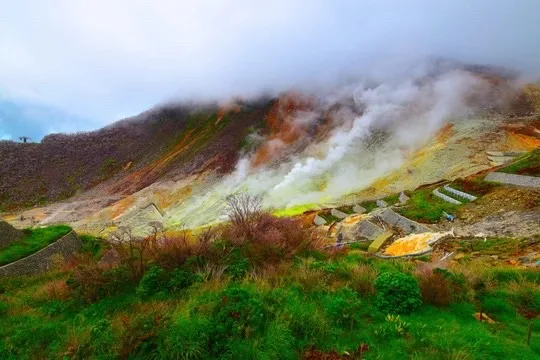

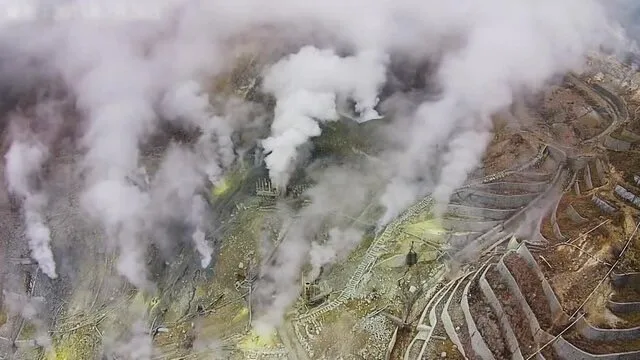
About 3,000 years ago, a phreatic eruption caused a landslide at Hakone Volcano, and sediments covered the ground surface. About 2,900 years ago, a small pyroclastic flow occurred, creating Kakunagatake, and volcanic debris piled up again. It was once called the “Great Hell.
Later, it became possible to see the volcanic fumes and sulfur for sightseeing, and as a representative tourist spot in Hakone, it is crowded with many tourists every day.
Hakone Shrine
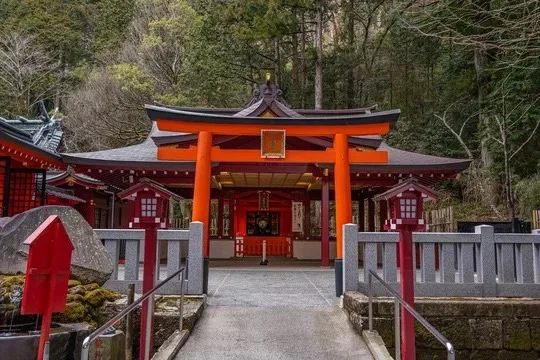

Hakone Shrine has been revered since ancient times as Hakone Daigongen, the chief guardian of the Kanto region, and is believed to be a god of luck and fortune, highly virtuous in the areas of good luck and bad luck removal, fulfillment of one’s desires, traffic safety, and marriage.
According to the “Hakonezan Engi Narabini”, a legend of the shrine (established in 1191), during the reign of the 5th Emperor Koaki,a hermit named Sei Usui opened a Shinto shrine on Komagatake (Mt. Hakone) and enshrined Mt. The shrine was built in the first year of the Nara Period (757).
Hakone Ropeway
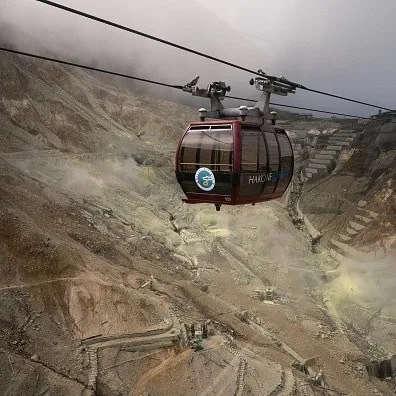
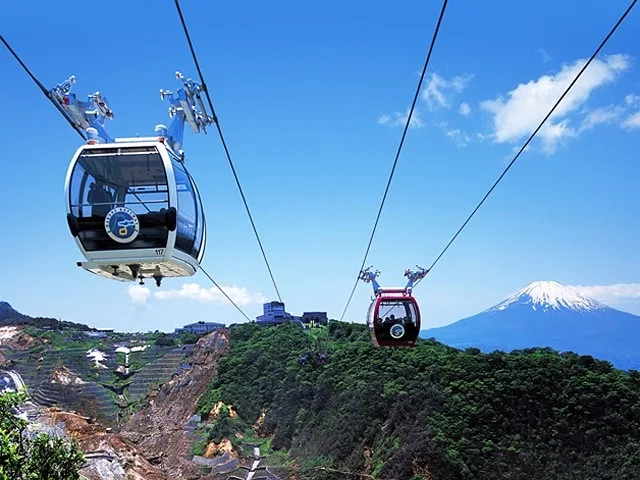

The view of Owakudani from the observatory is powerful. The desolate surface of the mountains and the plumes of smoke that billow forth create a unique view that makes it understandable that the valley was once called Jigokudani. There are many scenic spots while riding the ropeway. On the way from Sounzan to Owakudani, you can enjoy the view of the valley floor below, and on the way to the direction of Togendai, you can see Mt Fuji, Lake Ashinoko.
Lake Ashinoko
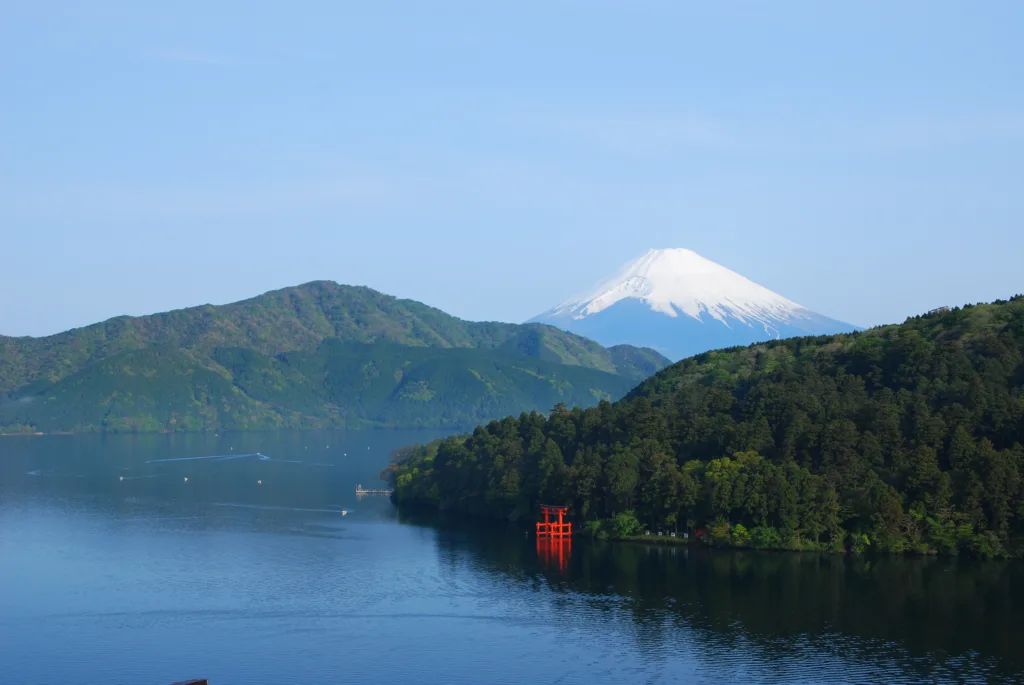
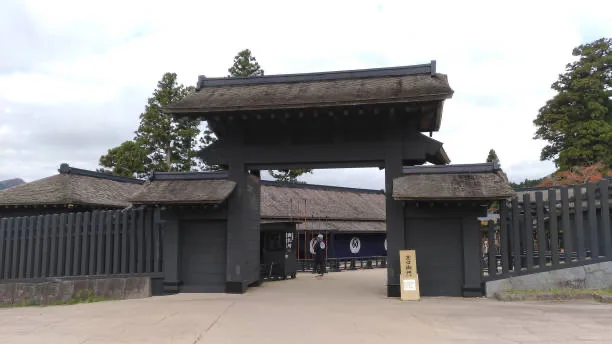
Lake Ashinoko is a caldera lake in the Hakone volcano, located 724 meters above sea level, with a circumference of 19 km, an area of 6.9 km2, and a maximum depth of 43.5 meters.
Lake Ashinoko was created about 3,100 years ago when a mudslide caused by a phreatomagmatic explosion at Kamiyama choked the river that flowed into Sengokuhara at that time, causing water to accumulate upstream, forming the lake.
Lake Ashinoko’s abundant water is taken from Fukara Suimon, built in the Edo period (1603-1867), and flows out through the Suimonai, flowing 150,000 tons a day to the Shizuoka Prefecture side.
Great Buddha of Kamakura
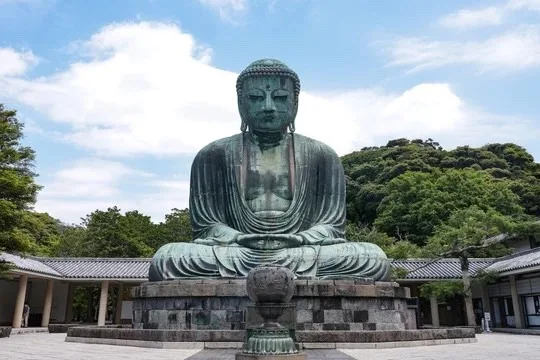
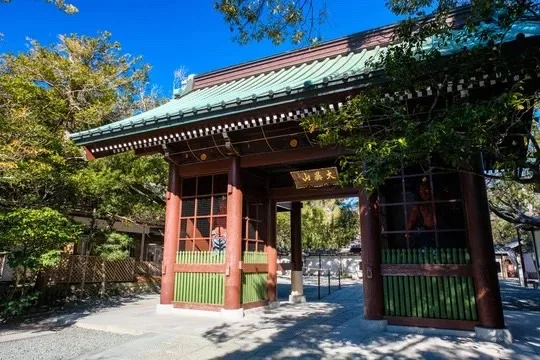

The “Great Buddha of Kamakura” is the name given to the seated statue of Amida Nyorai, the principal object of worship at Kotokuin Temple. There are few records of this statue, and the purpose for which it was created is a mystery.
According to temple legend, Minamoto no Yoritomo and his wife were so impressed by the Daibutsu in Nara that they planned to build another one in Kamakura.
After their deaths, an elderly woman named Inatano-no-Kyoku, who served Yoritomo, built the Daibutsu.
After their deaths, an elderly woman named Inadano Bureau, who served Yoritomo, is said to have built the statue.
Cruising
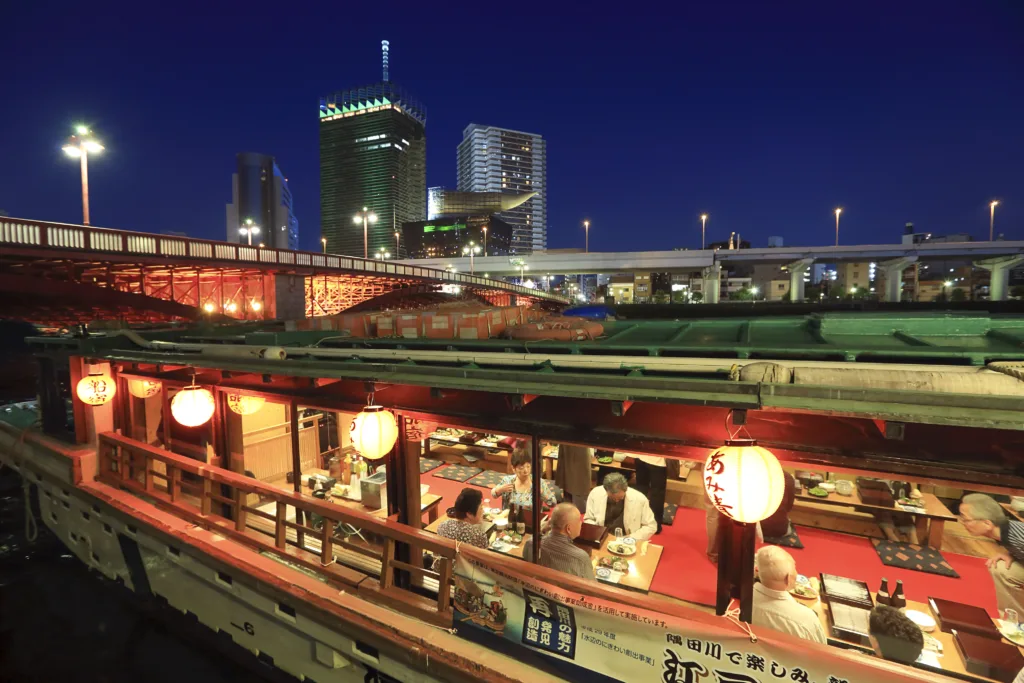
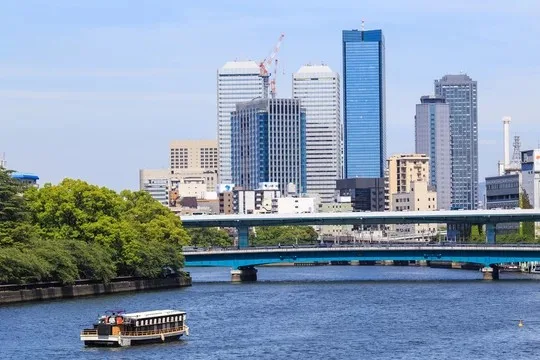
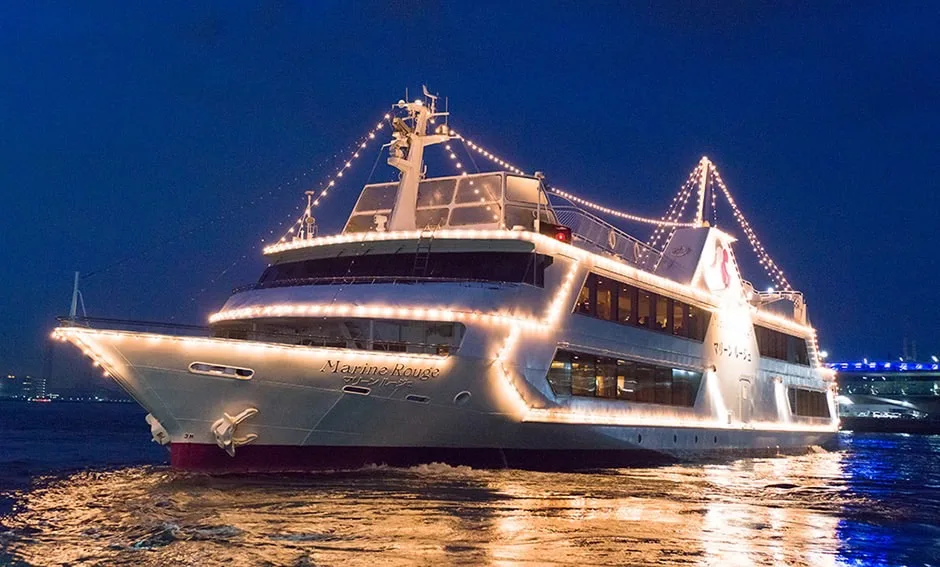
Hop aboard a relaxing cruise in Yokohama to take in the city’s beautiful waterfront views. Glide past iconic landmarks like the Red Brick Warehouse, Yokohama Bay Bridge, and Minato Mirai 21 district. Learn about the history and culture of the area from onboard guides while enjoying stunning scenery. Perfect for couples or families, a Yokohama cruising experience is a great way to spend a leisurely afternoon or evening. Don’t forget to bring your camera and capture those unforgettable moments on the water.
Tokyo
Shinjuku Gyoen
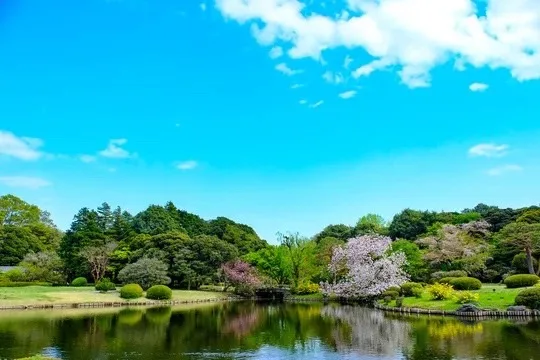
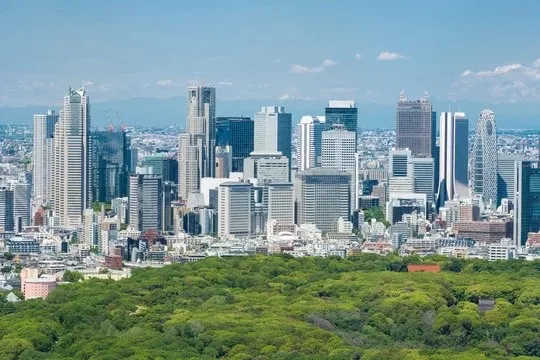
Shinjuku Gyoen is 58.3 hectares in size and 3.5 km in circumference, and contains a skillful combination of landscape, formal, and Japanese gardens. The garden is said to be one of the most modern Western-style gardens of the Meiji era, and is full of distinctive styles. The grounds of Shinjuku Gyoen were part of the estate granted by Ieyasu Tokugawa to Kiyonari Naito, a feudal lord of the Tokugawa family, in 1590.
Kabuki-za Theater


The Kabuki-za Theater has a long history, having been established in 1889. It specializes in Kabuki performances and is a spot that continues to present traditional Japanese performing arts. The second basement floor is directly connected to the station, where visitors can dine and purchase souvenirs. Many tourists from Japan and abroad visit the theater to see Kabuki performances.
Ryogoku Kokugikan
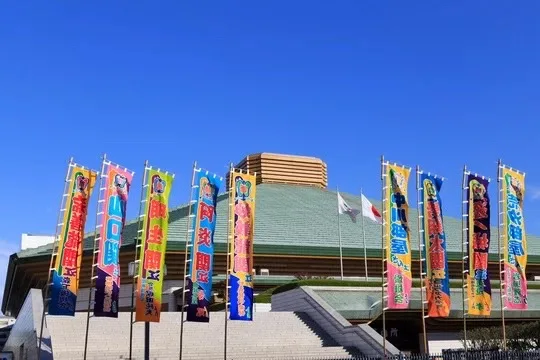
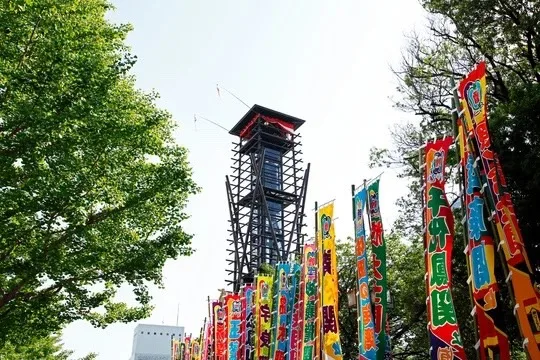
Ryogoku Kokugikan is a facility for the exhibition of Sumo. It is owned by the Japan SumoAssociation.
It is also used as a venue for martial arts events such as professional wrestling and boxing, other sports competitions, and live performances of popular music. Classical music concerts have also been held there.
Asakusa Temple
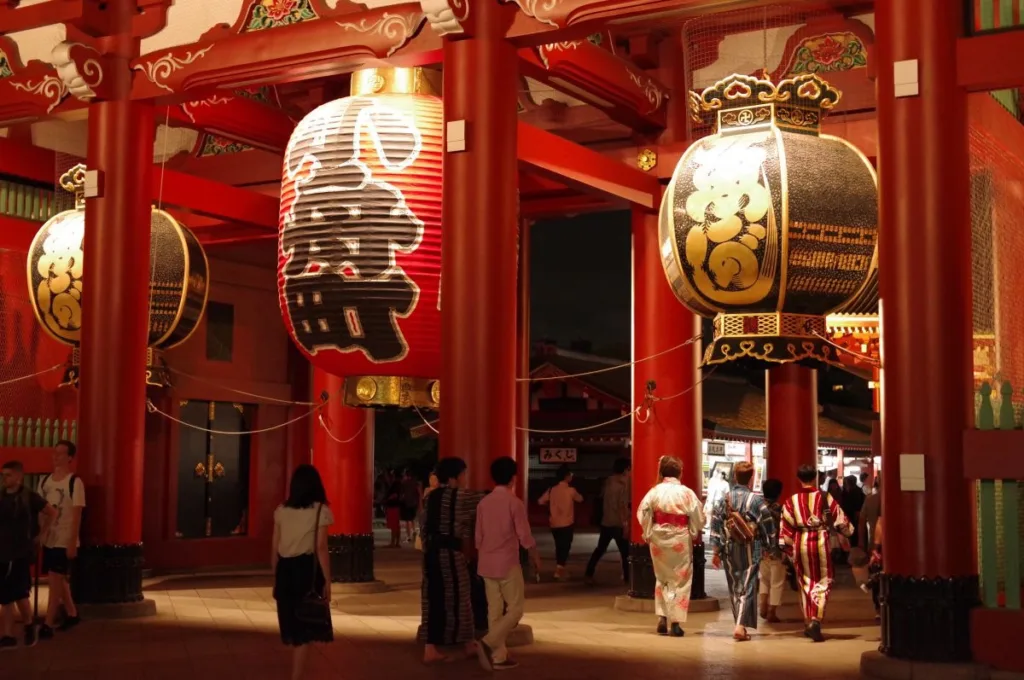

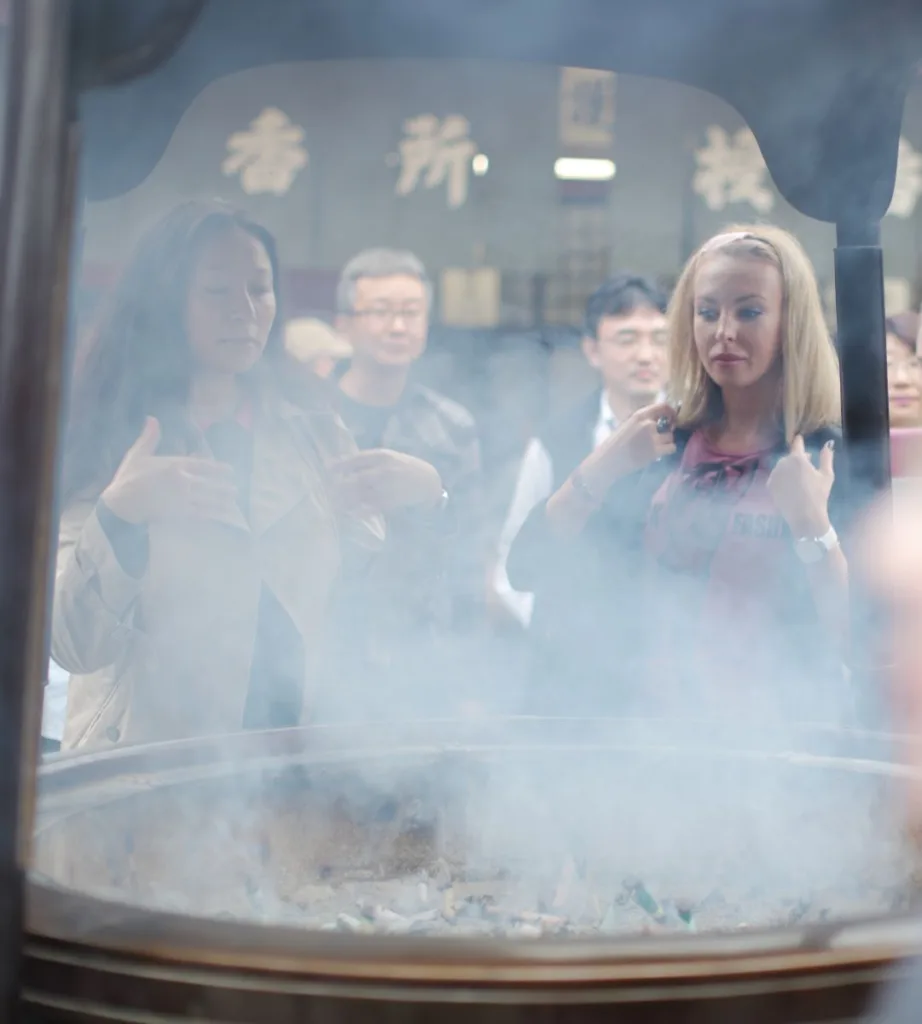
What is Senso-ji Temple? Senso-ji Temple, located in Taito-ku, Tokyo, is the oldest temple in Tokyo with a history of nearly 1,400 years. Senso-ji Temple began in the Asuka Period. It is said that in the 36th year of Emperor Suiko (628), fishermen brothers picked up a Buddha statue caught in a net, and thereafter turned their private home into a temple, where they worshipped and offered offerings for the rest of their lives. It is one or two of the most popular tourist spots in Tokyo.
Tokyo Sky Tree
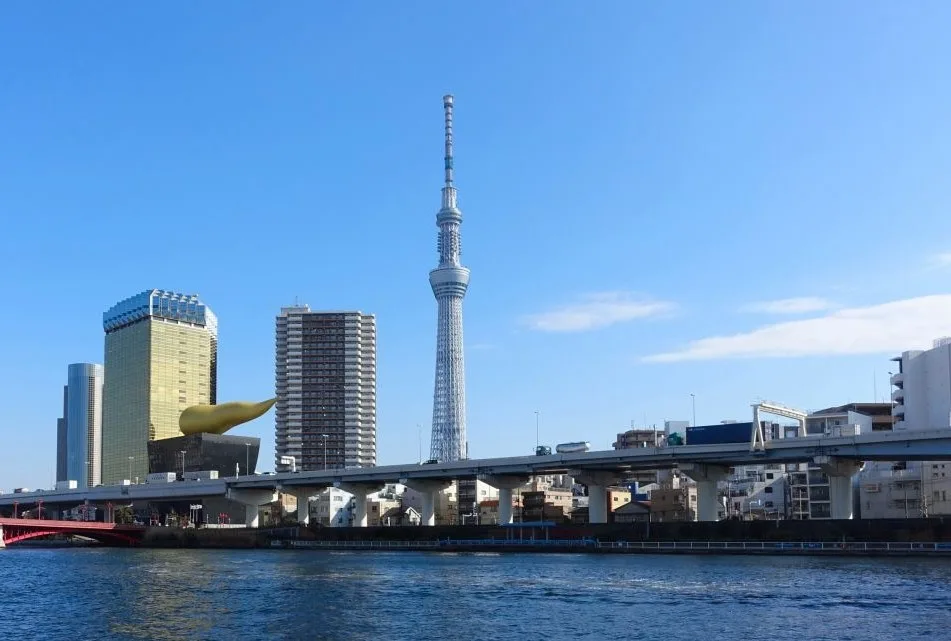
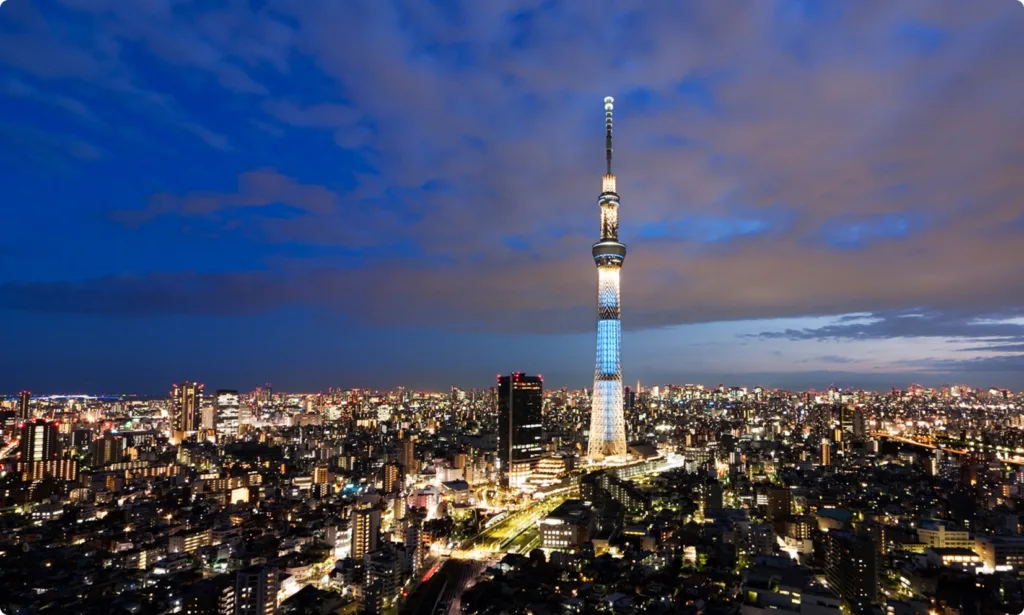
The Tokyo Sky Tree® towers over downtown Tokyo. It offers a spectacular view of the Kanto region, and on a clear day, you can even see Mt. In addition to the Tokyo Solamachi® commercial complex and the retro shopping district “Shitamachi Jinjo Kirakira Tachibana Shopping Arcade,” an aquarium and a museum are also located here, making it an attractive spot that is more than just a tower.
Tokyo Tower
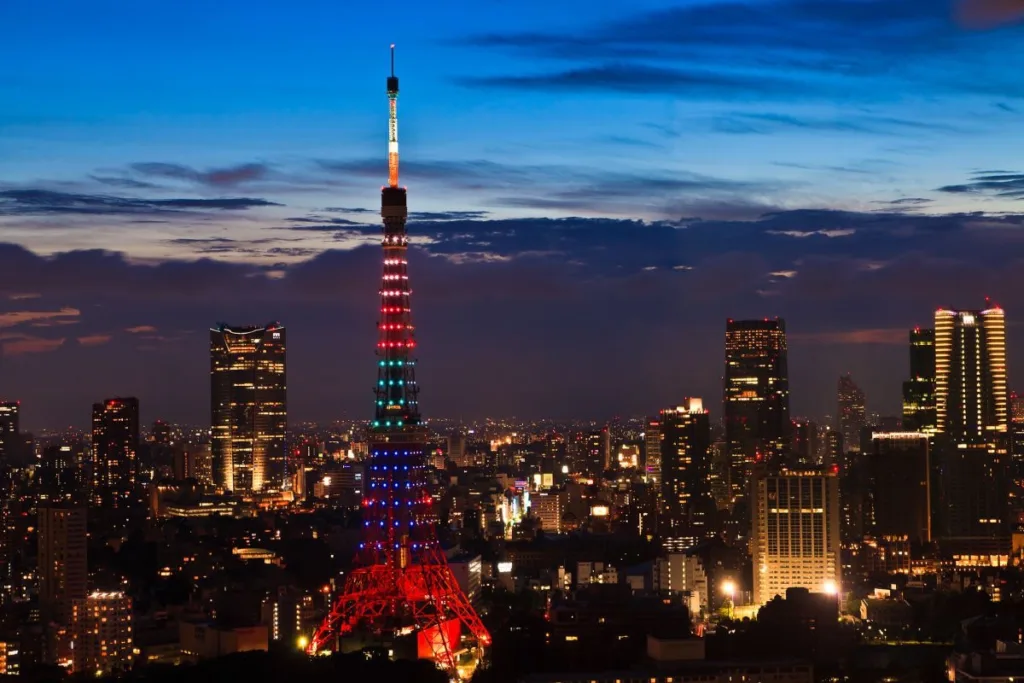

Tokyo Tower is a famous landmark in Tokyo that stands at 332.9 meters tall. It was built in 1958 and modeled after the Eiffel Tower in Paris, making it a popular tourist attraction for visitors to Japan. Tokyo Tower offers panoramic views of the city from both its main observation deck and its special Skytree Top Deck. Visitors can also enjoy a variety of restaurants, shops, and entertainment options within the tower. It’s a must-see destination for anyone visiting Tokyo.
Imperial Palace
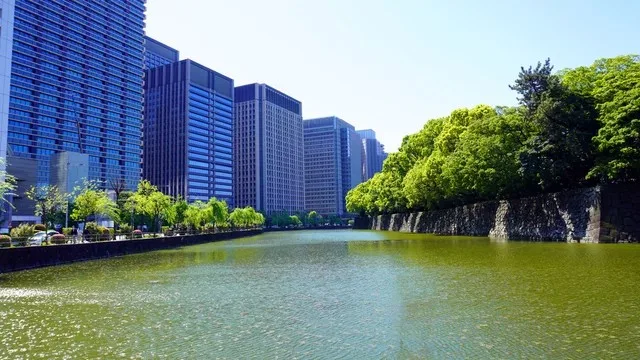
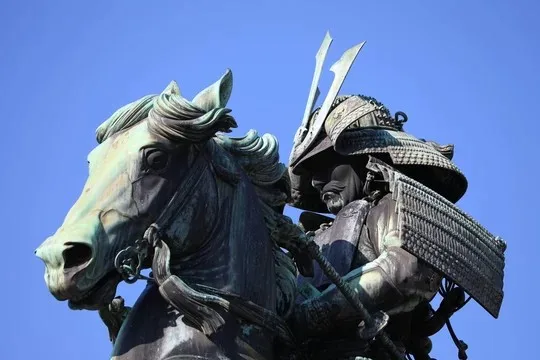
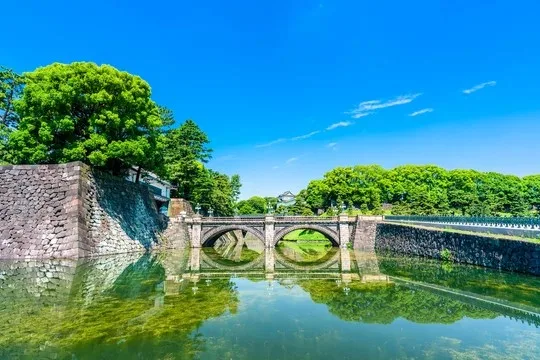

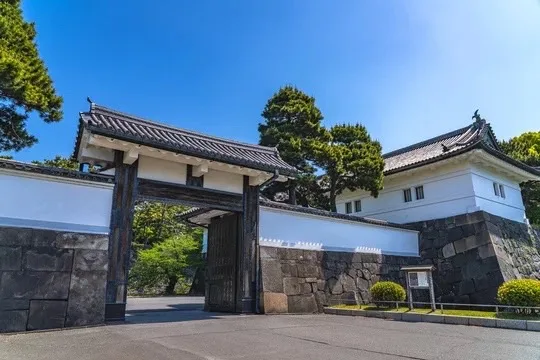
The Imperial Palace is the residence of successive Emperors from Emperor Meiji to the present Emperor.
The Imperial Palace includes the Imperial Palace, the Palace, which is the place for the Emperor’s official duties and various ceremonies, the Momijiyama Sericultural Station, which is a sericultural facility for the successive Empresses since Empress Dowager Shoken(Empress Meiji), and the Imperial Household Agency building, as well as the East Gardens, which are open to the public as a garden.
Edo Castle was the political and living base of successive Tokugawa shoguns for more than 260 years, from the early 17th century until 1868, when the Meiji Emperor moved from Kyoto.
Ginza
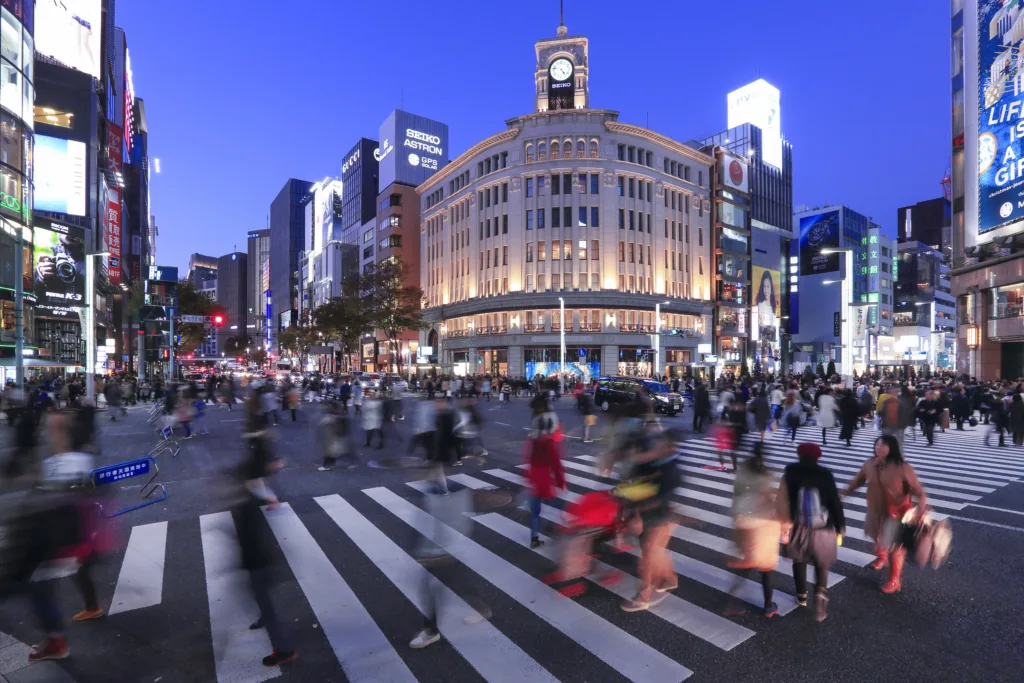
Ginza is Tokyo’s upscale shopping district, known for its luxury boutiques, department stores, and high-end restaurants. It’s a bustling area with a mix of traditional and modern architecture, where you can find the latest fashion trends, top brands, and exquisite cuisine.
Shibuya Scramble Crossing

Shibuya Scramble Crossing (English: Shibuya Crossing) is a scramble intersection located northwest of Shibuya Station. Its official name is Shibuya Ekimae Crossing, and it is also referred to as “the scramble crossing in front of Shibuya Station,” etc.
It was scrambled in 1973. It is the most crowded place in Shibuya[1], one of Tokyo’s busiest and most fashionable areas, and is said to be “the most famous intersection in the world” as a symbol of the Japanese urban landscape.
Harajuku Takeshita-dori
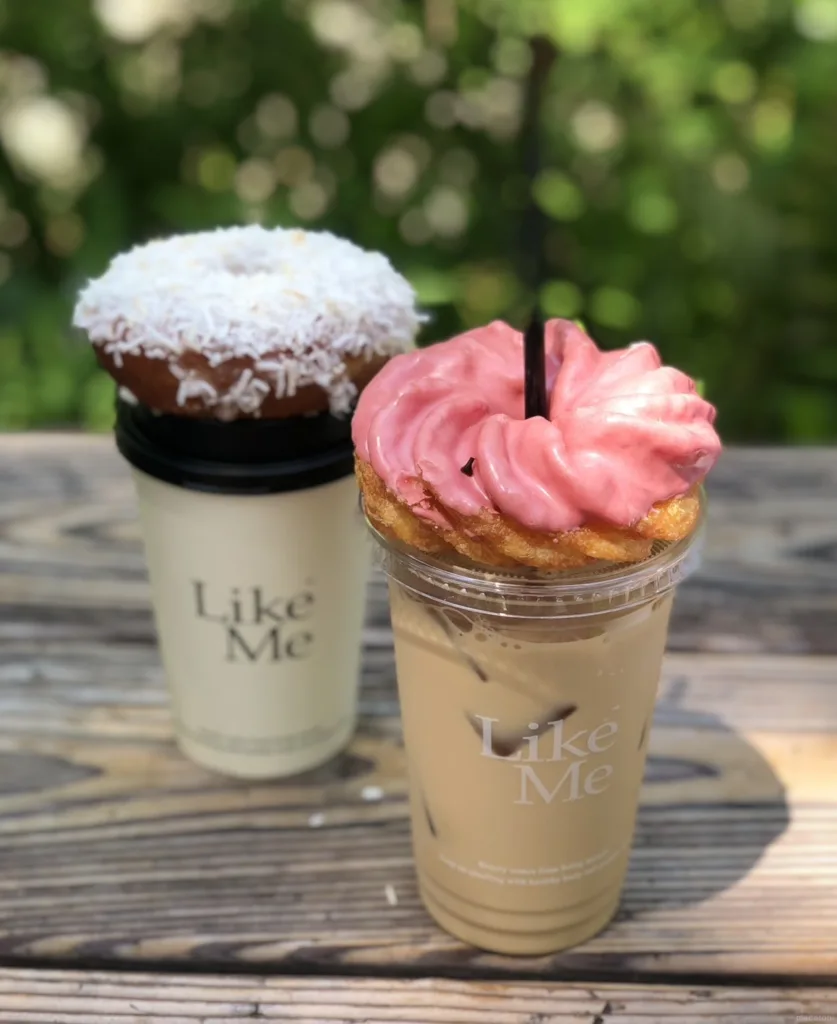
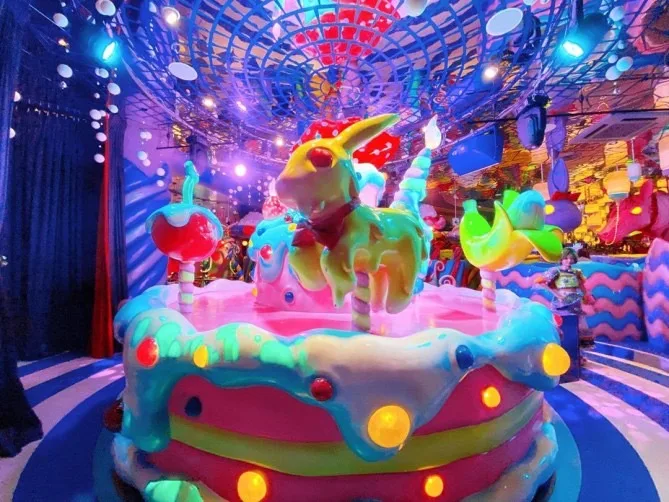

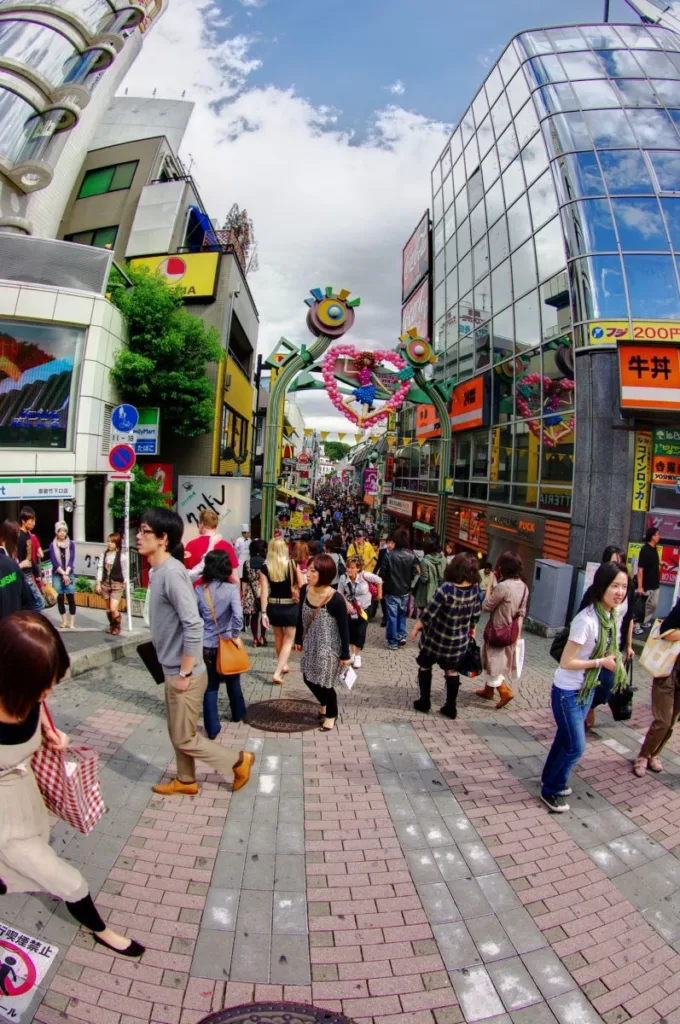

Takeshita-dori is a shopping street or shopping arcade in Jingumae or Harajuku, Shibuya-ku, Tokyo. Lined with a variety of stores, it is especially crowded with customers on weekends, holidays, summer vacation, and spring break.
Harajuku is the center of fashion, filled with the latest fashions and sweets. There are also many spots where you can spend a relaxing time such as Meiji Jingu Shrine and Yoyogi Park.
Akihabara
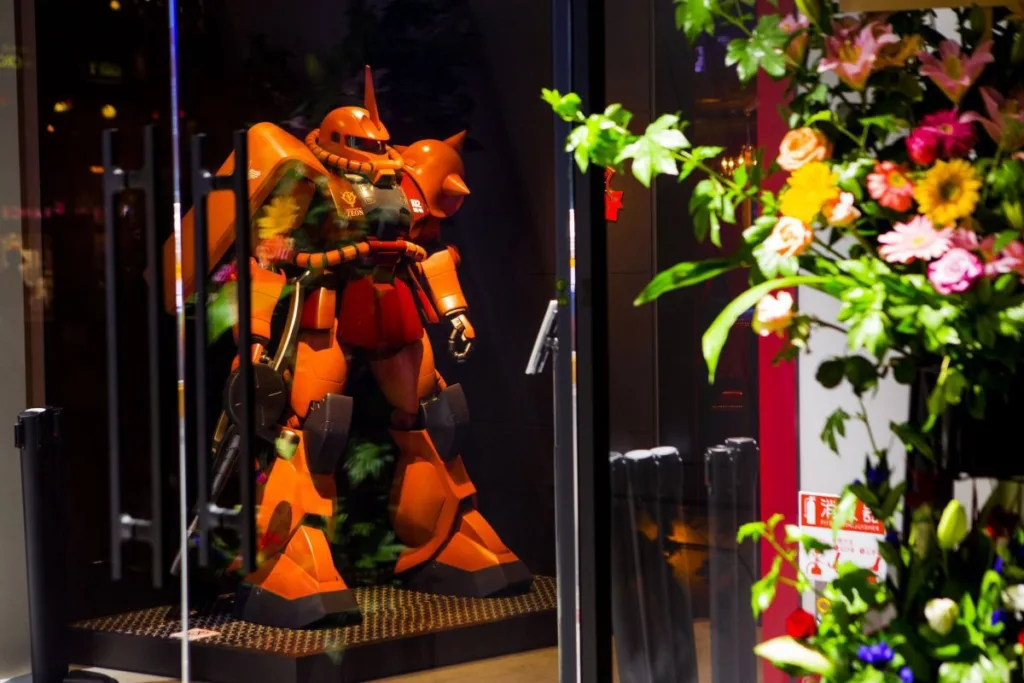
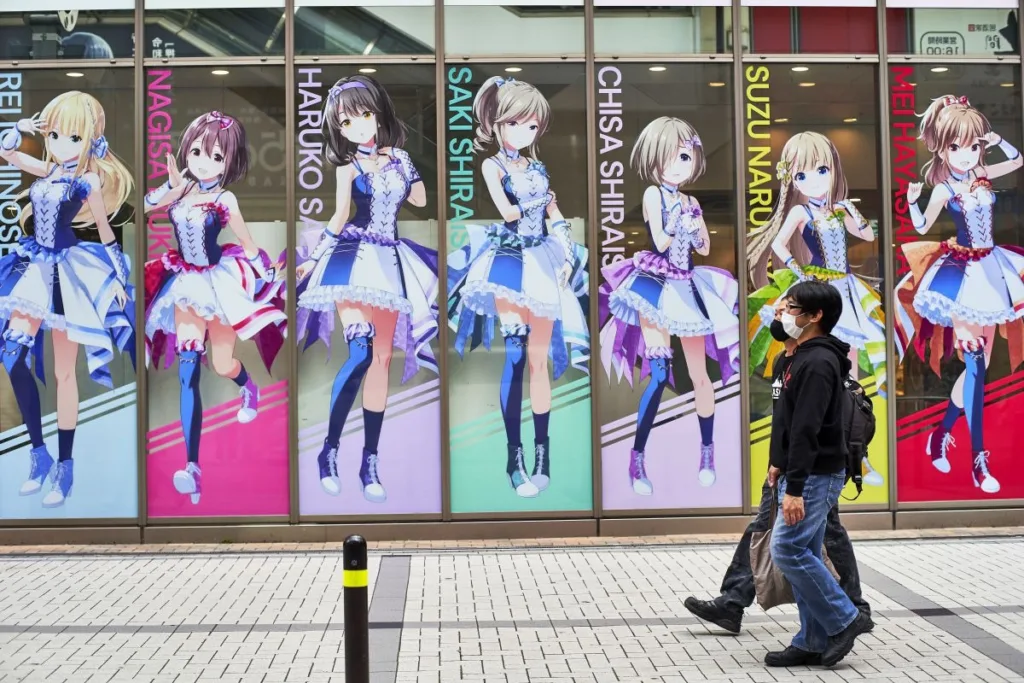
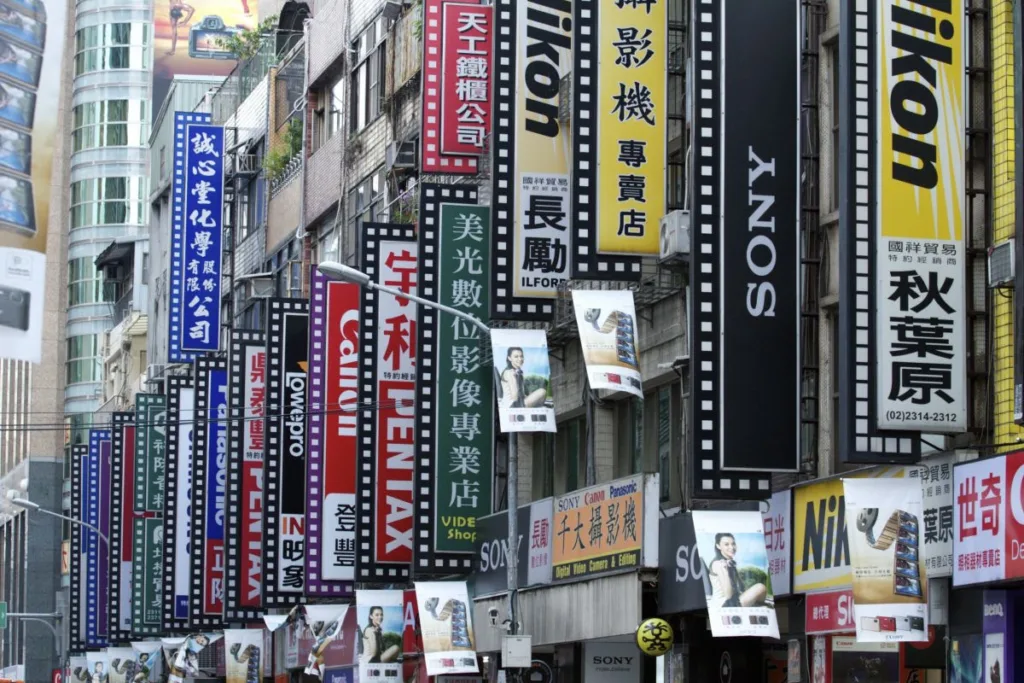
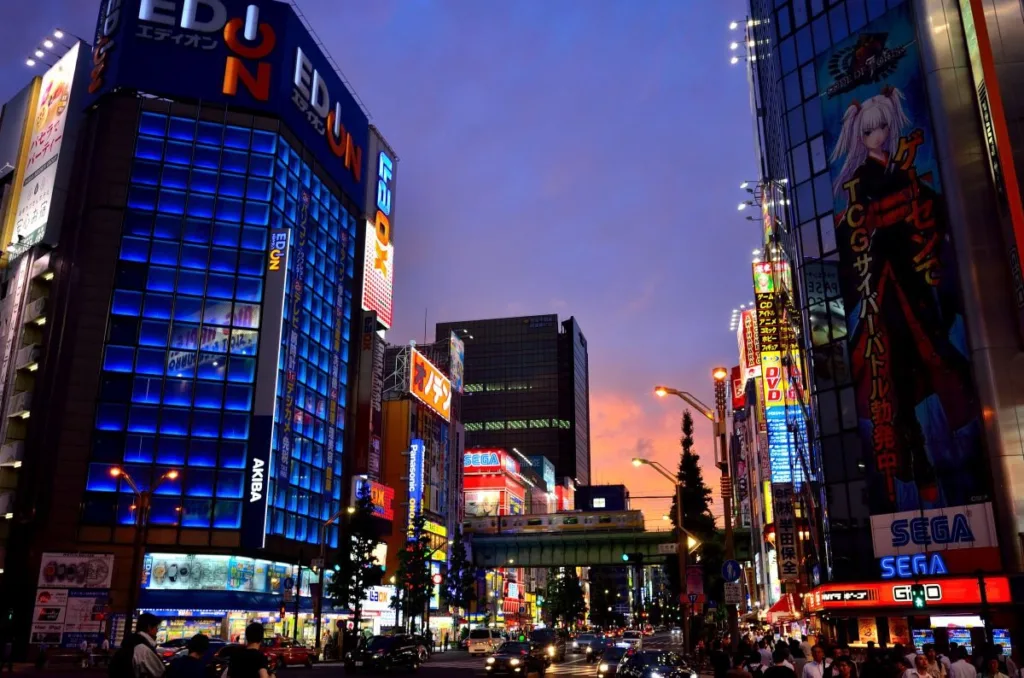
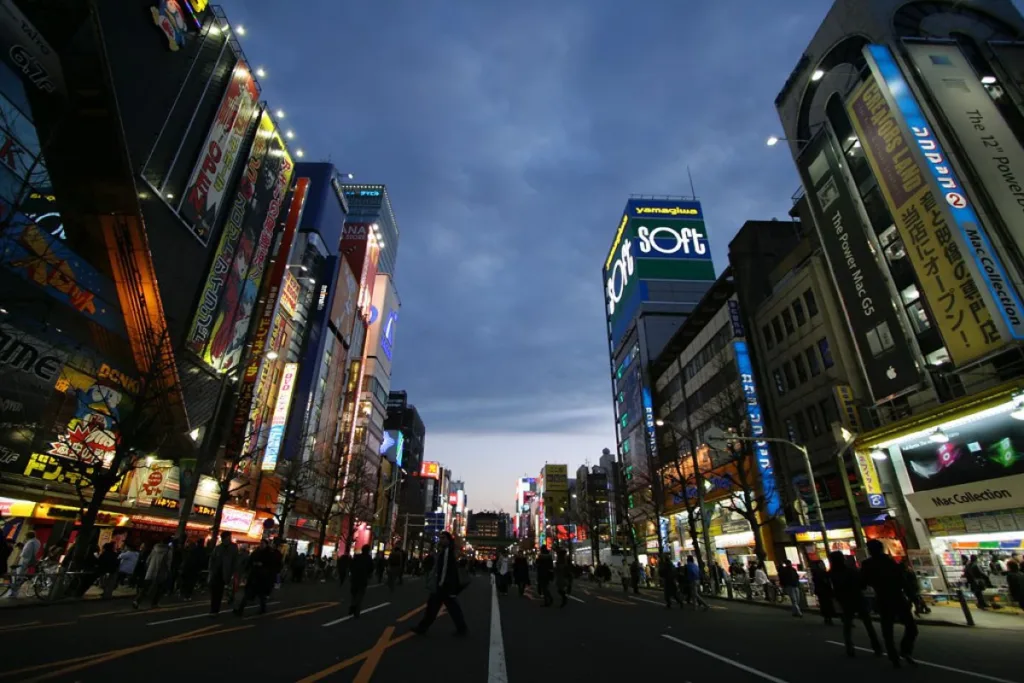
Akihabara is known as one of the most famous electronics districts in Japan. While the area is crowded with stores selling electrical and IT products, it is also a hub of subculture with stores selling games, manga, and anime, and is also known as a mecca for “cosplayers” dressed up in costumes of popular idols and anime characters. Take a stroll through the streets of Akihabara and get a taste of this unique culture.
National Art Center

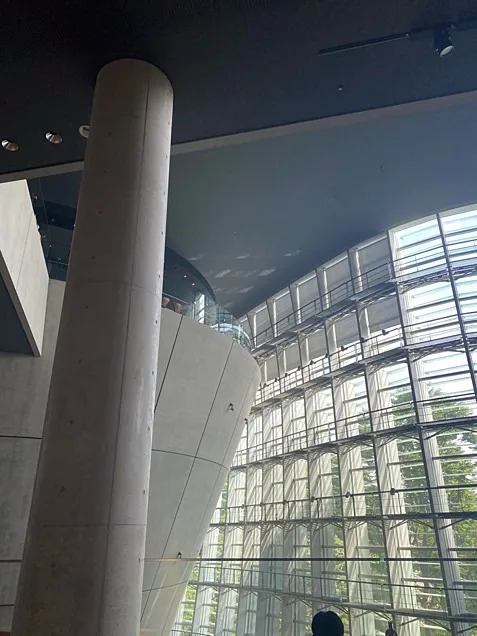
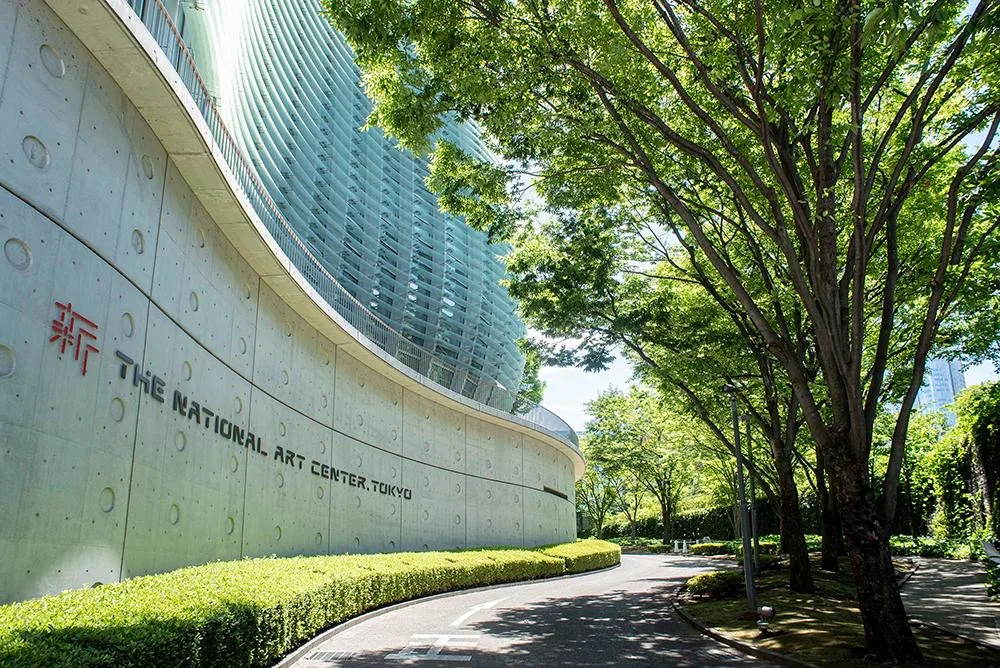
The National Art Center is a contemporary art museum in Tokyo. It is known for its unique architecture and hosts a variety of temporary exhibitions featuring modern and contemporary art from Japan and around the world. The museum also offers special programs for families and lectures by art experts. Visitors will have an unforgettable experience exploring the exhibits as they showcase a wide breadth of modern art.
Meiji Jingu (Meiji Shrine)
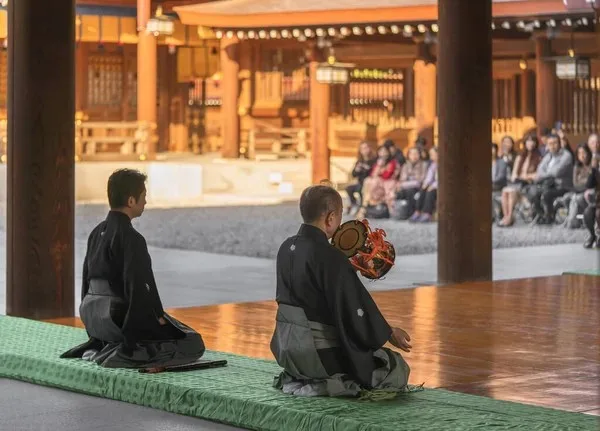
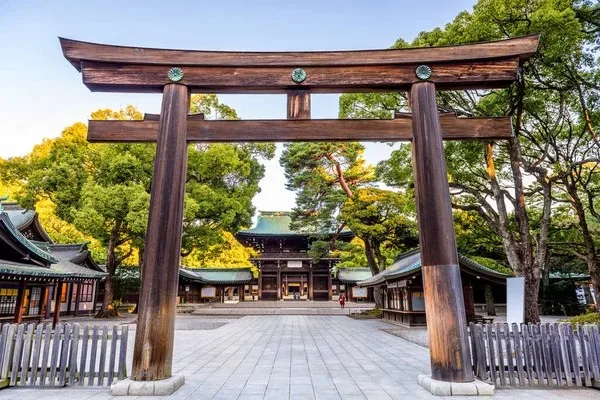
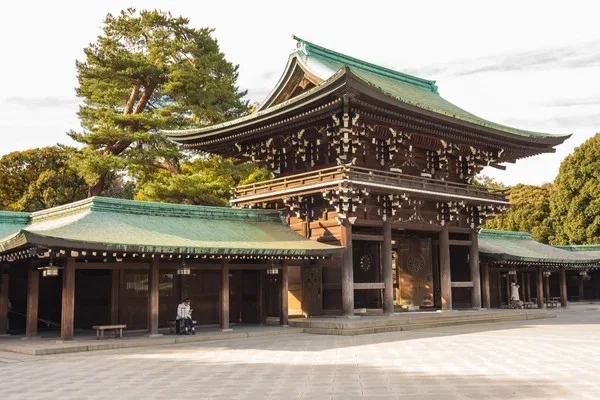
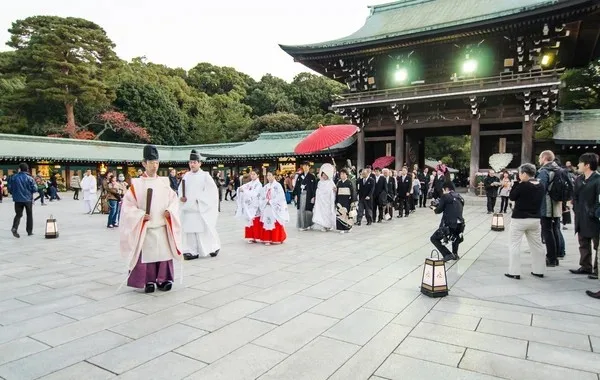
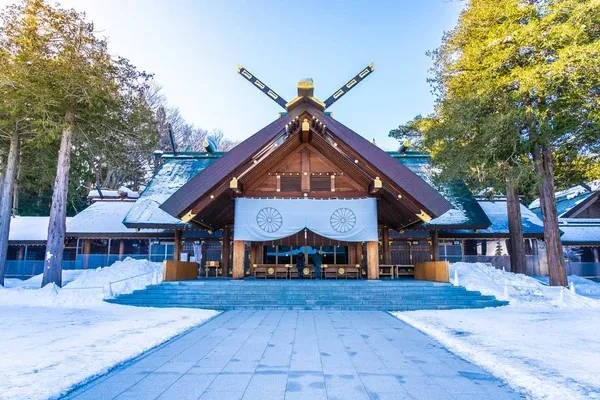
Meiji Shrine is a beautiful Shinto shrine in Tokyo that was constructed as a dedication to Emperor Meiji and Empress Shoken. The shrine is located within a serene forest and is famous for its picturesque Torii gate and traditional Japanese architecture. Visiting Meiji Shrine is a great way to experience Japanese culture and learn about the country’s history. It is also a popular spot for traditional weddings and peaceful nature walks.
Toyosu Market


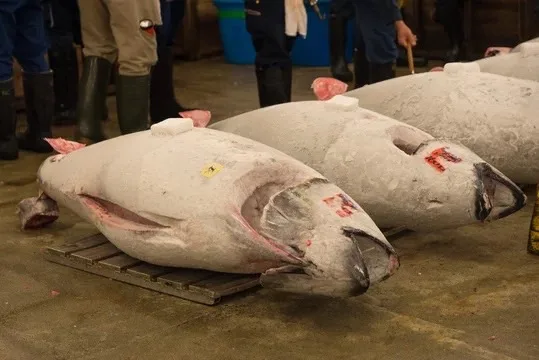
The Toyosu Market is a public wholesale market that was relocated from Tsukiji. Although it is primarily a wholesale market, there are also several tuna auction sites open to the public, as well as several restaurants scattered throughout the area. At Uogashi Yokocho, many processed foods are on sale. They will surely be appreciated as souvenirs of your visit to Tokyo.
Tochigi
Nikko Toshogu

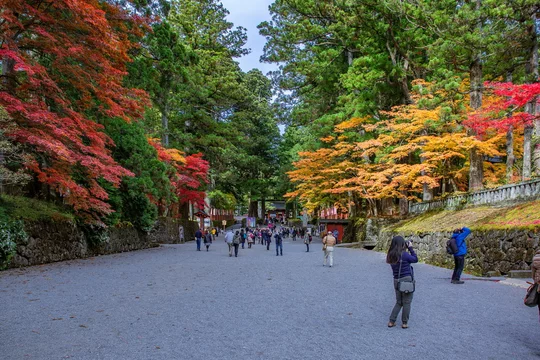
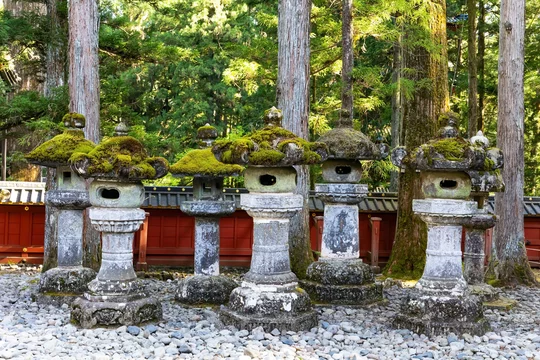
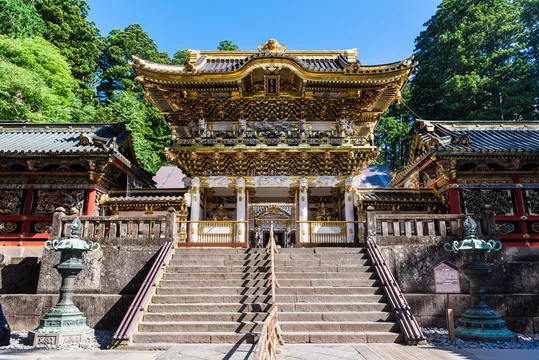
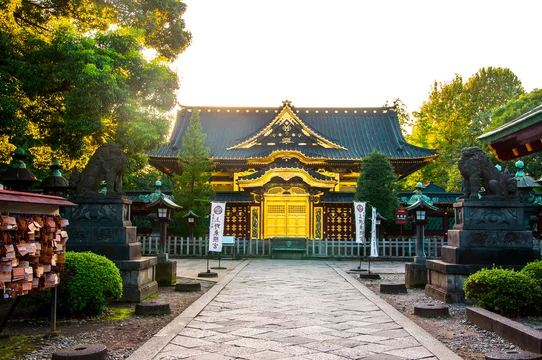
Nikko Toshogu Shrine is a historic and cultural treasure of Japan, designated as a National Treasure and a UNESCO World Heritage Site. Built in the 17th century, this shrine is dedicated to Tokugawa Ieyasu, the founder of the Tokugawa Shogunate.
It features stunning architecture, elaborate carvings, and intricate paintings.
The ornate Yomeimon Gate and the sacred Honjudo Hall are some of its notable structures.
The shrine is surrounded by beautiful nature and a sacred forest.
The Nikko Toshogu Shrine is a significant spiritual and cultural symbol of Japan and attracts visitors from around the world.
Hokkaido
Goryokaku

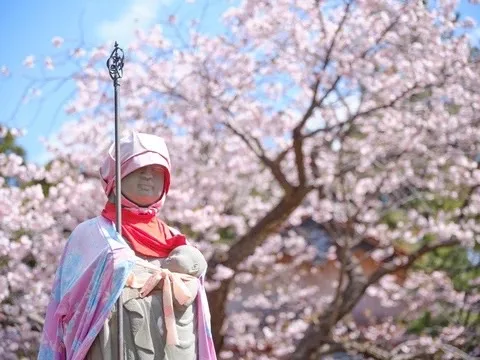
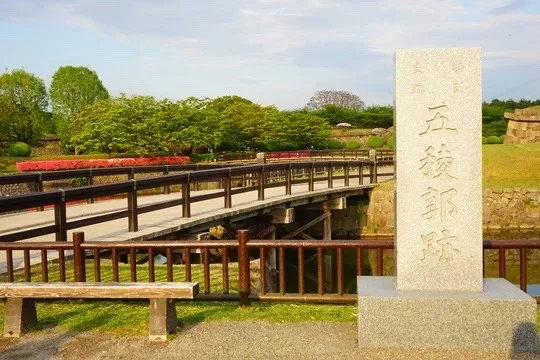
HokkaidoGoryokaku was Japan’s first Western-style castle, built at the end of the Edo periodin what isnow Hakodate, Hokkaido.
It was built by the Edo shogunate to prevent invasion from foreigncountries.
It is star-shaped when viewed from above.
Okinawa
Okinawa Churaumi Aquarium


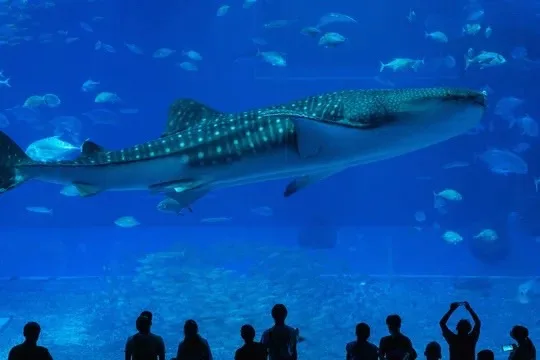
The aquarium offers a majestic world of mysterious Okinawan creatures.
The “Coral Sea” tank, bathed in sunlight, features a large-scale coral breeding exhibit.
The “Kuroshio Sea” is a huge and powerful tank where visitors can observe whale sharks, the world’s largest fish, and the world’s first successfully bred southern manta ray.
Visitors can also experience the entire ocean of Okinawa in the “Deep Sea” tank, which recreates the mysterious deep sea of Okinawa.
Shurijyo-Castle
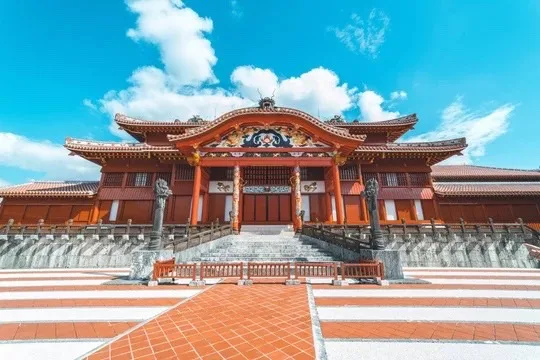
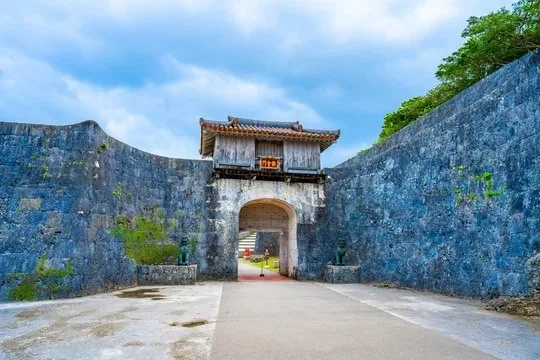

The Kingdom of Ryukyu was a monarchy that existed for 450 years, from 1429 to 1879.
The flourishing trade with China, Japan, and Southeast Asia nurtured the unique culture of the Ryukyu Islands.
Shuri Castle was the political, diplomatic, and cultural center of the kingdom.
